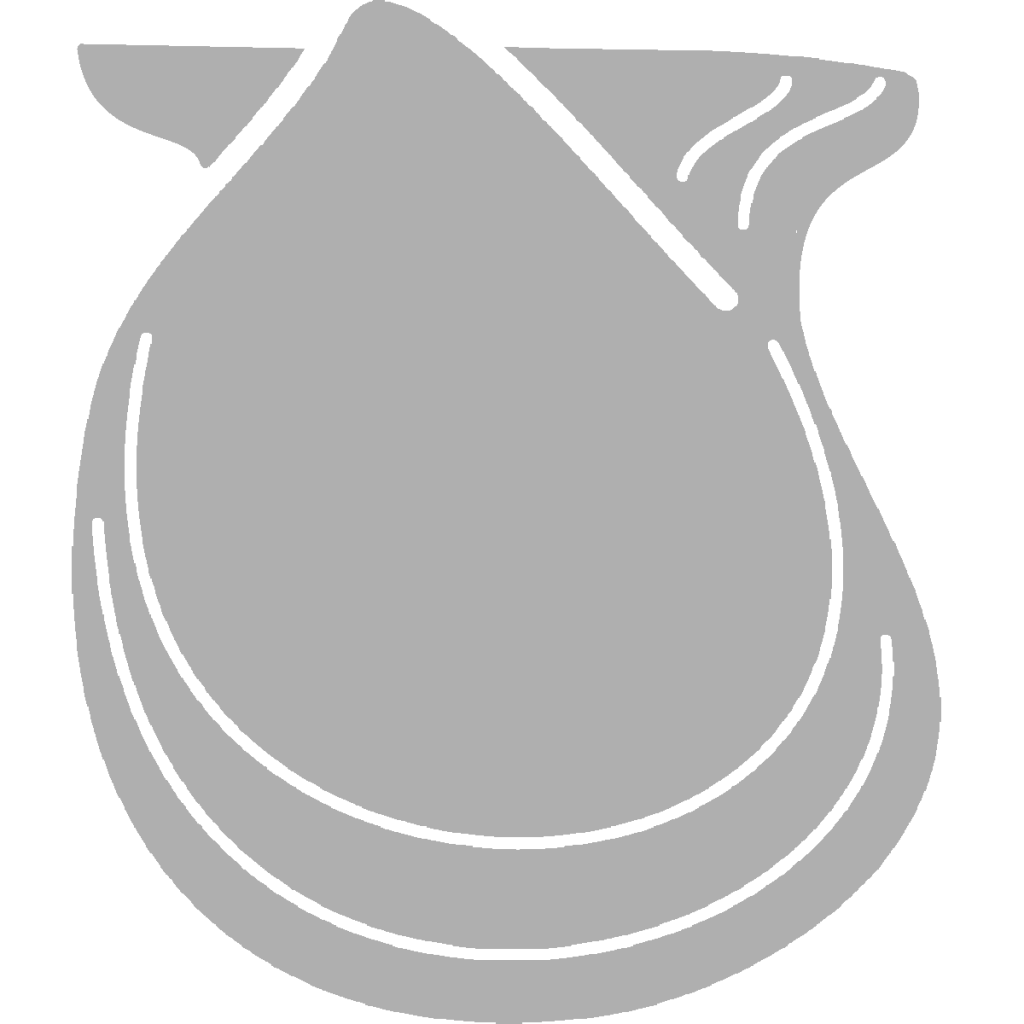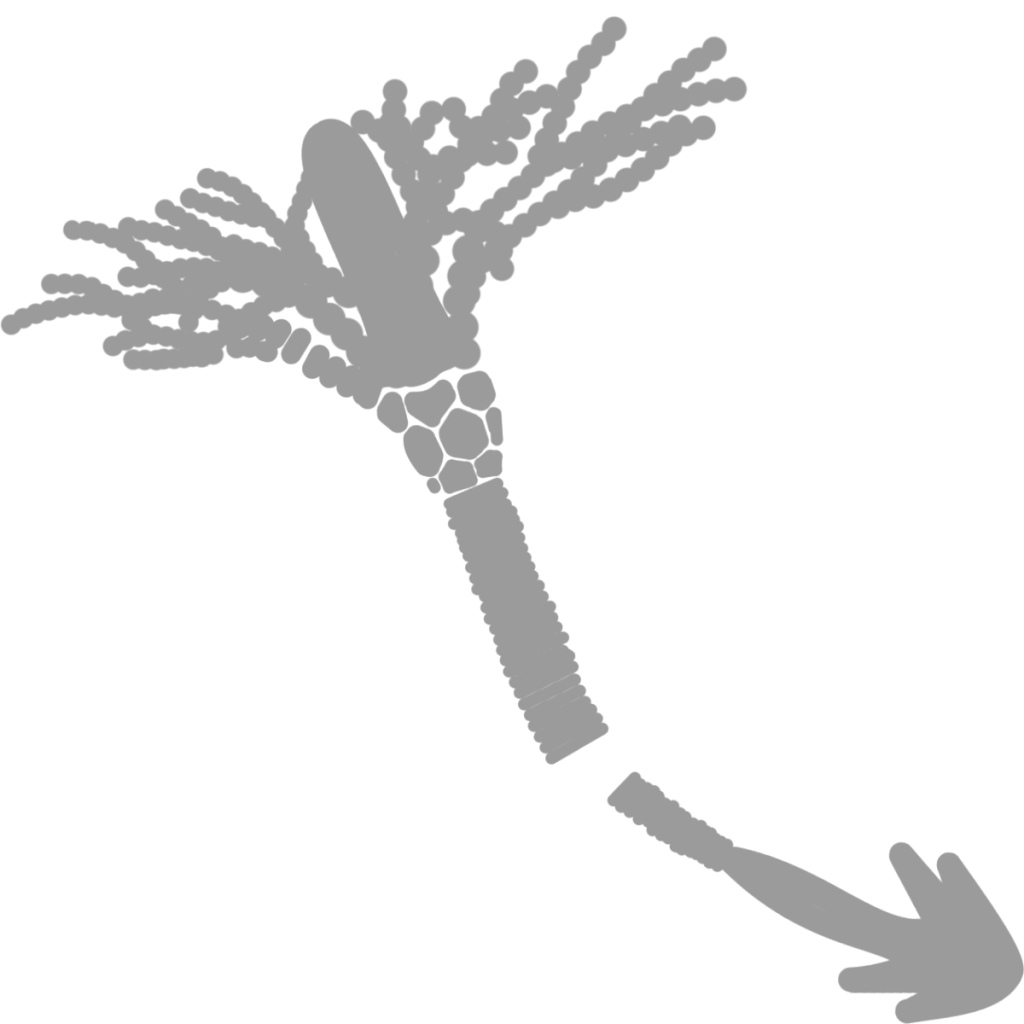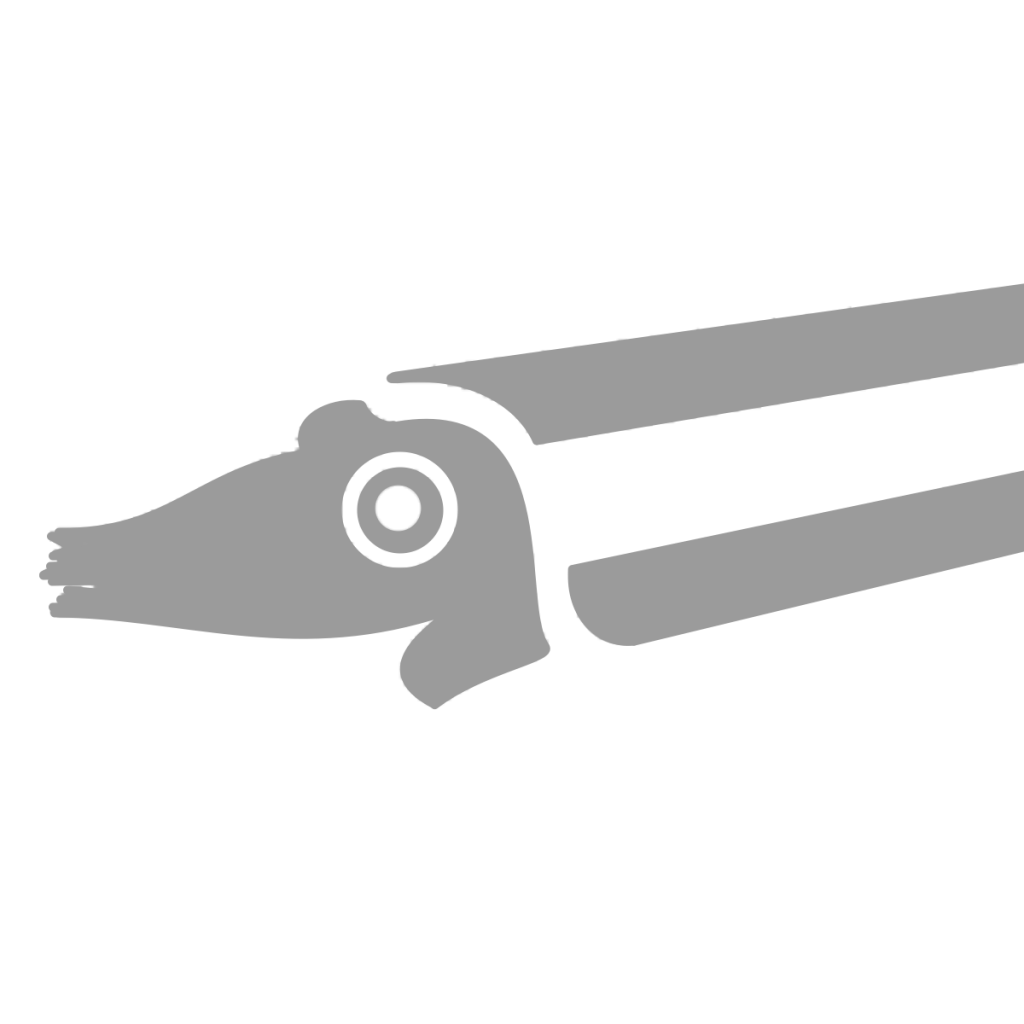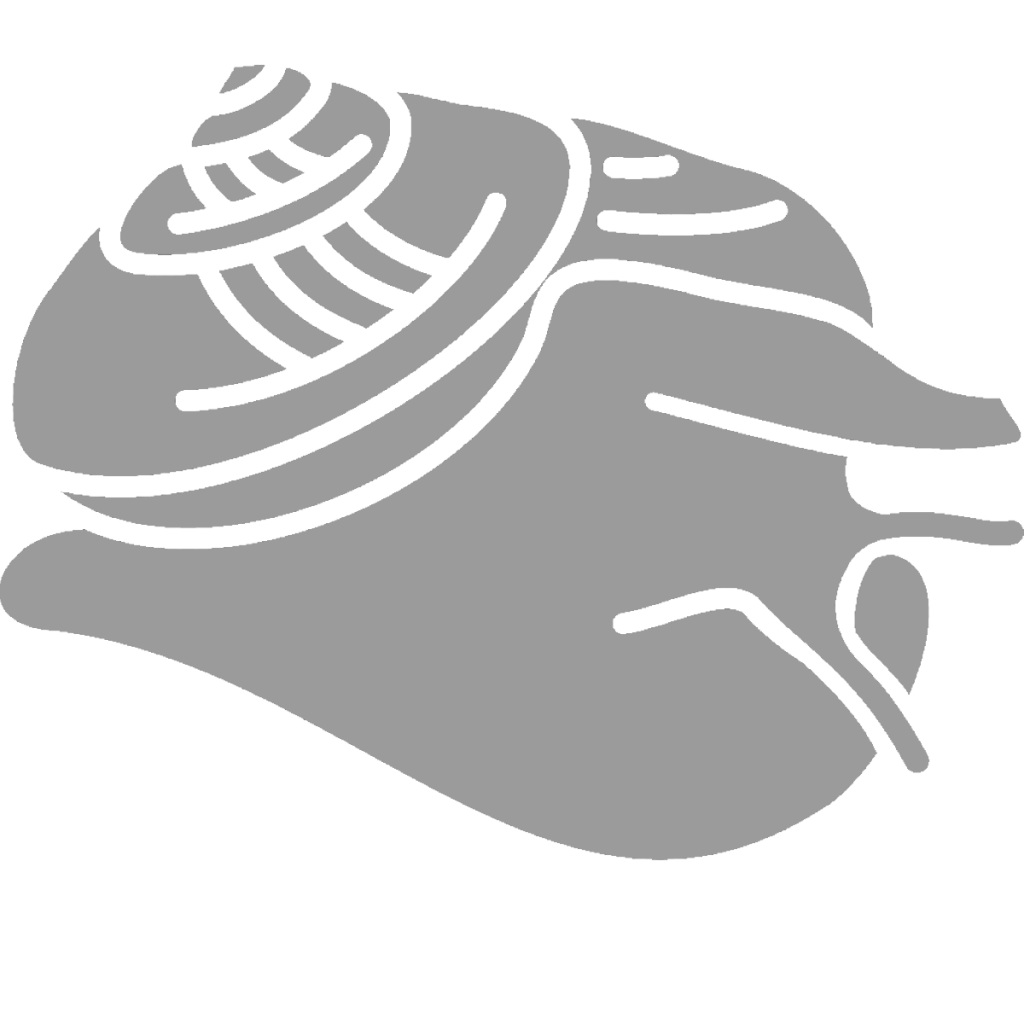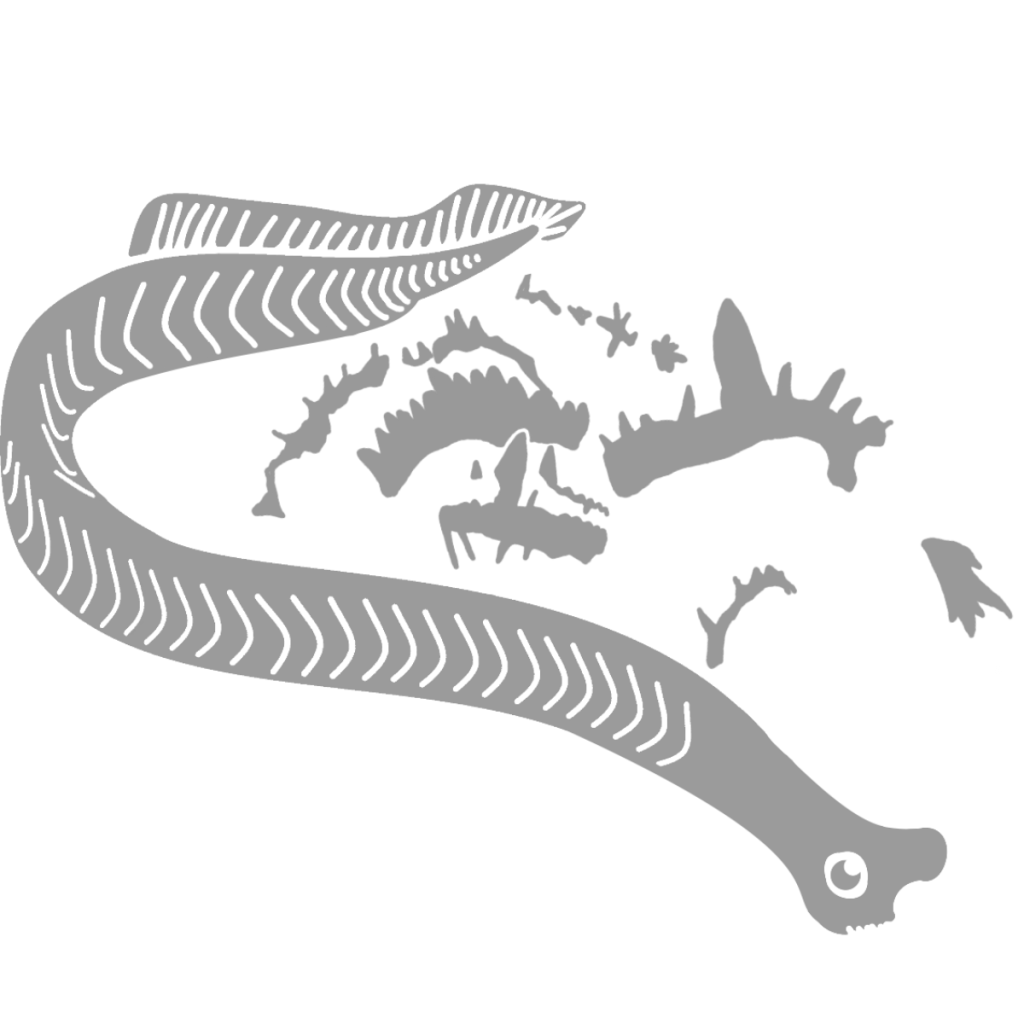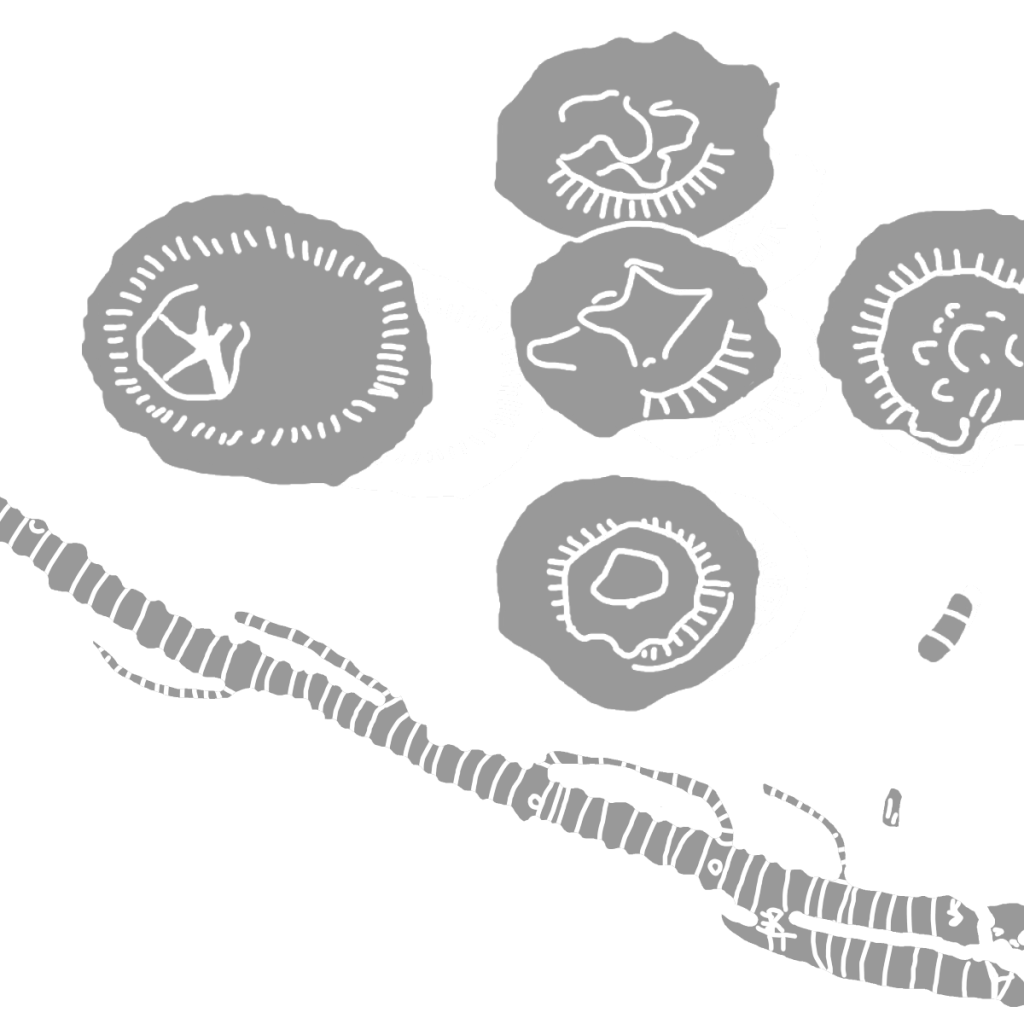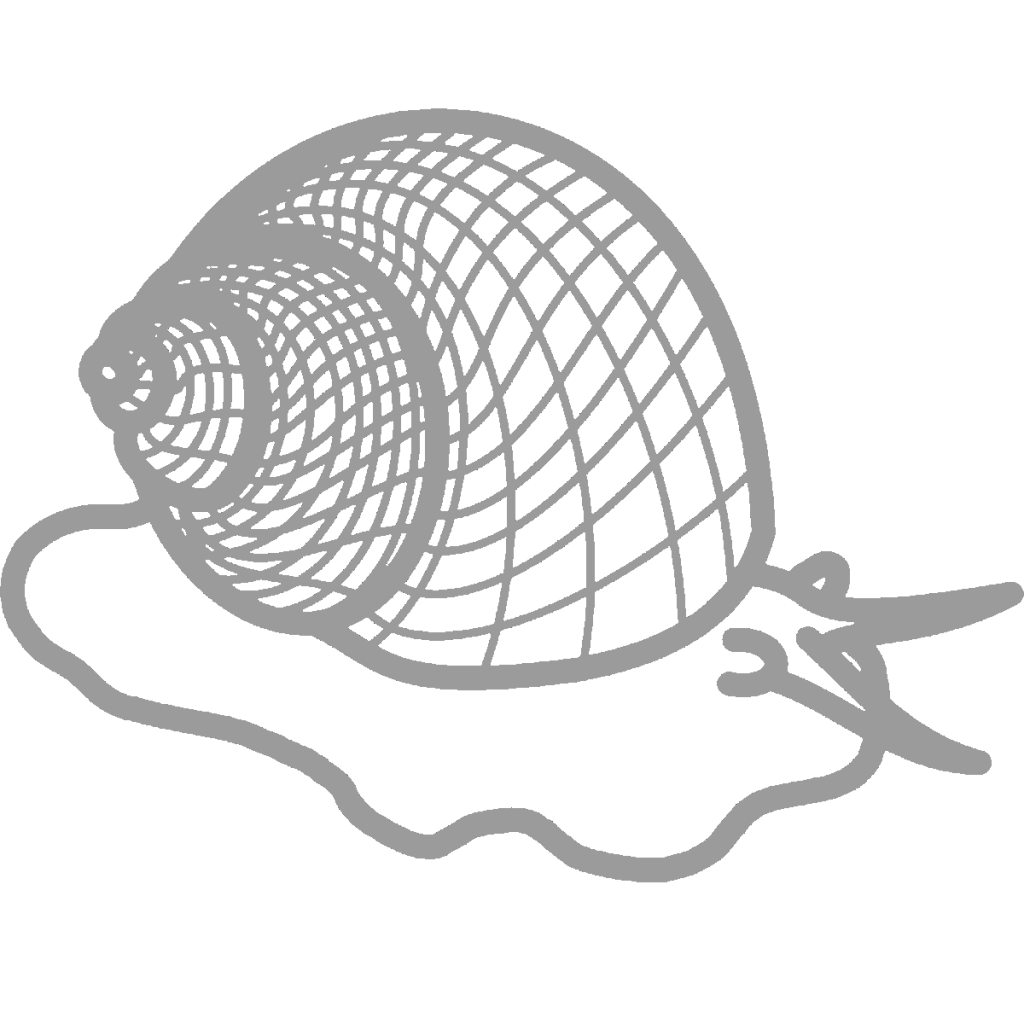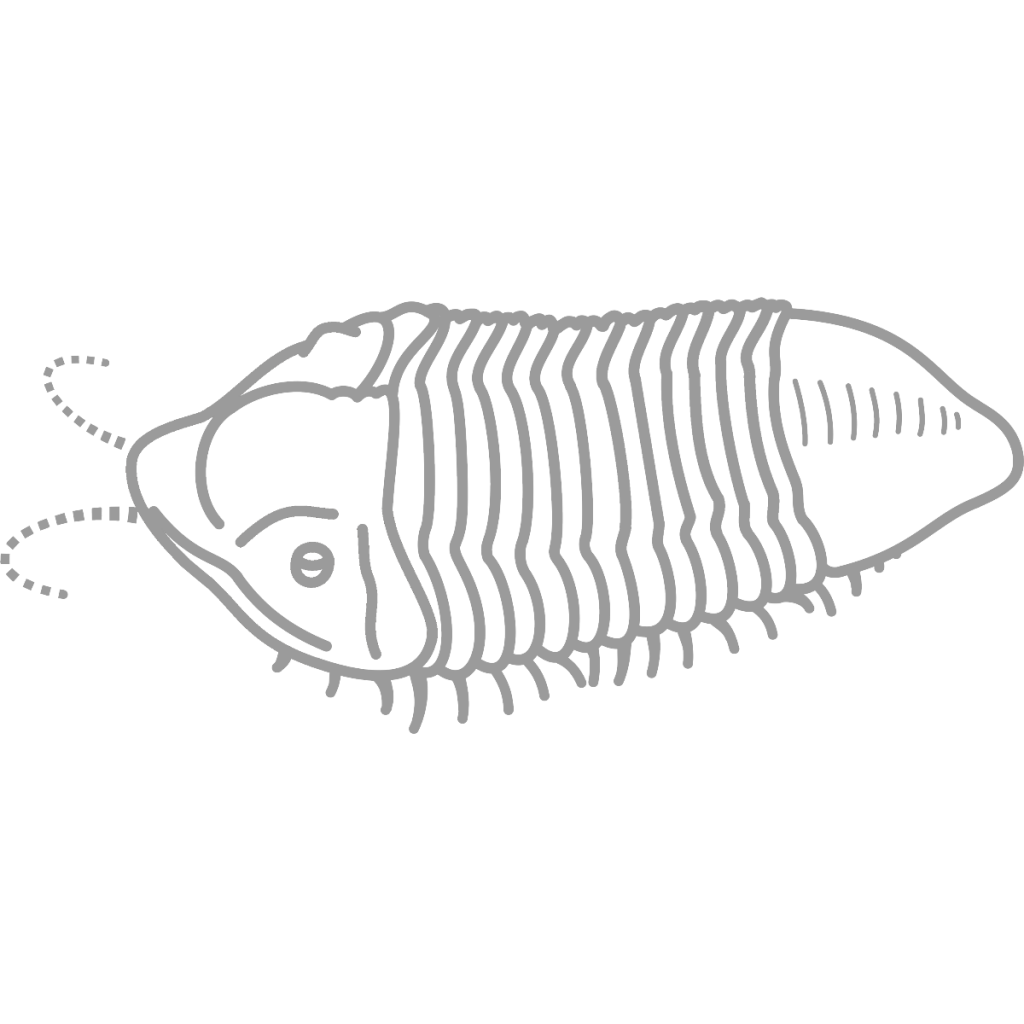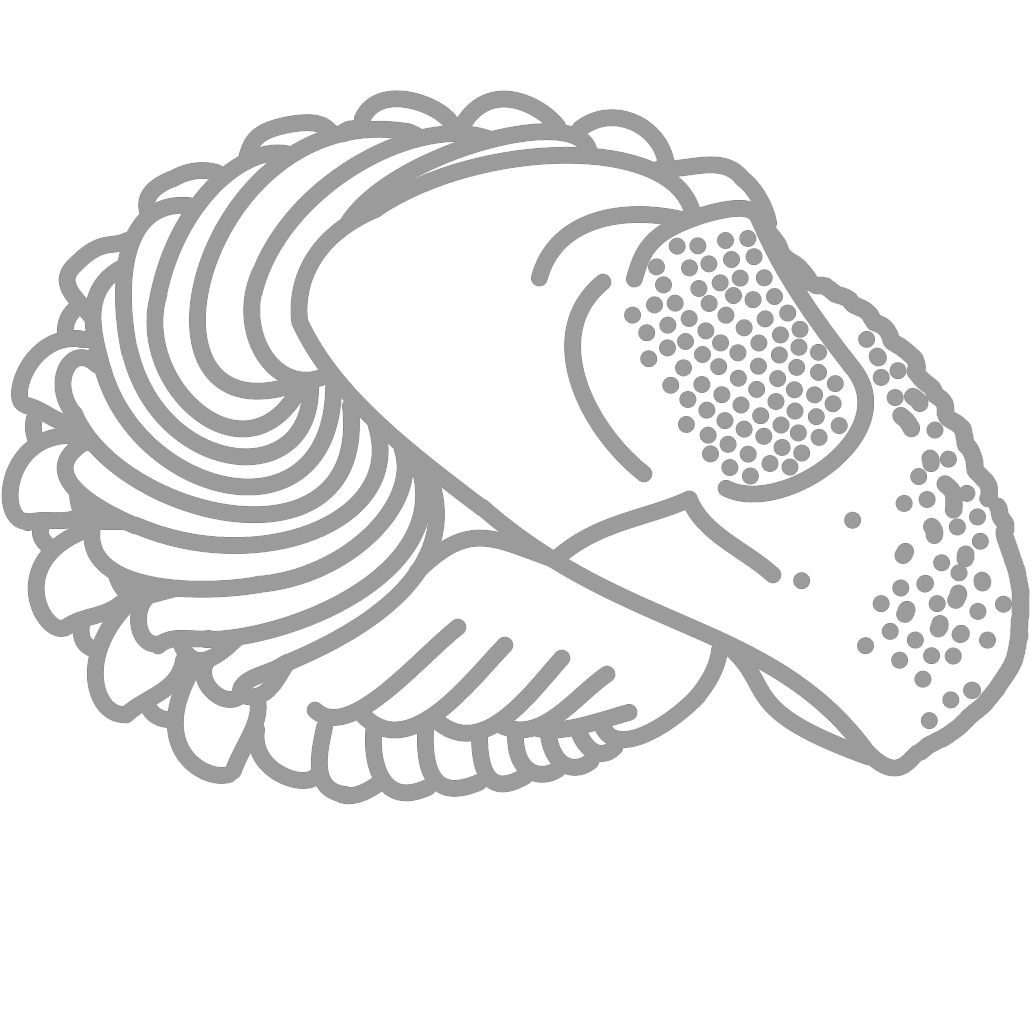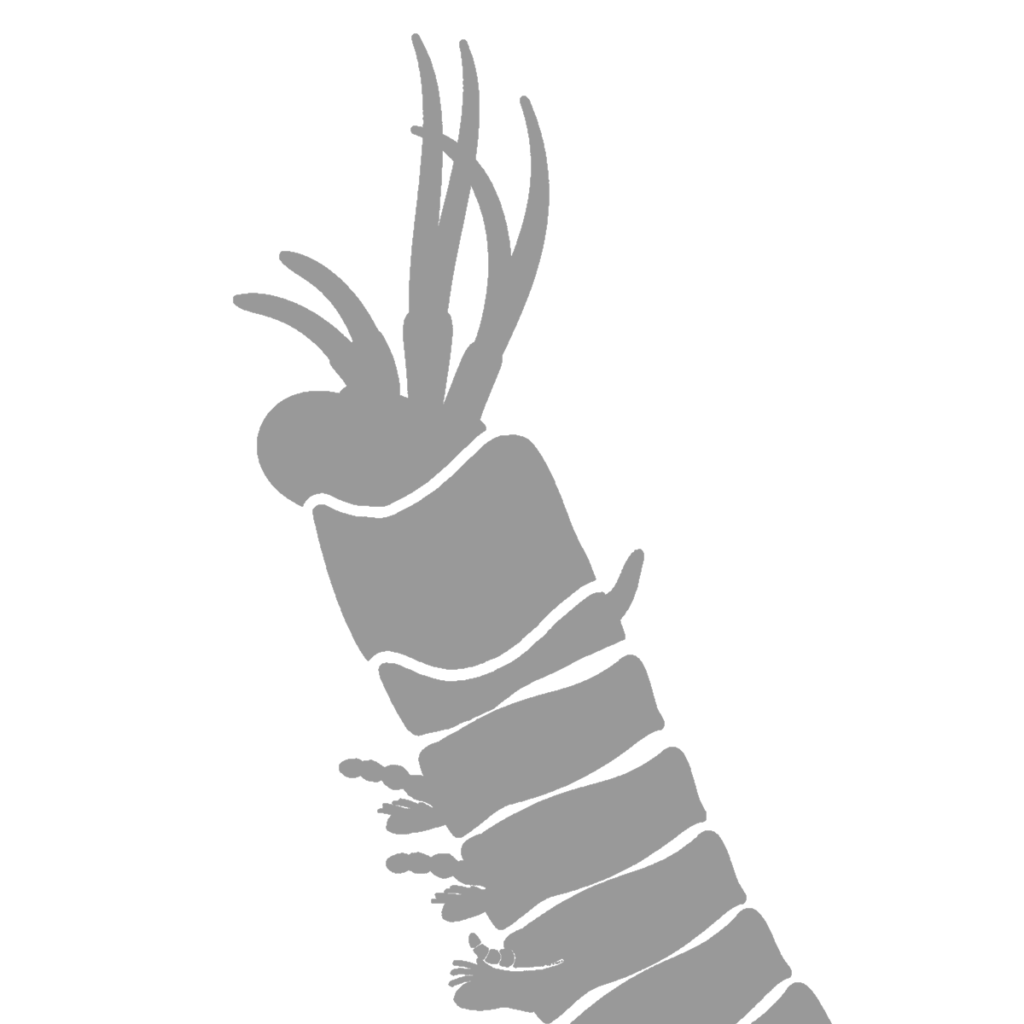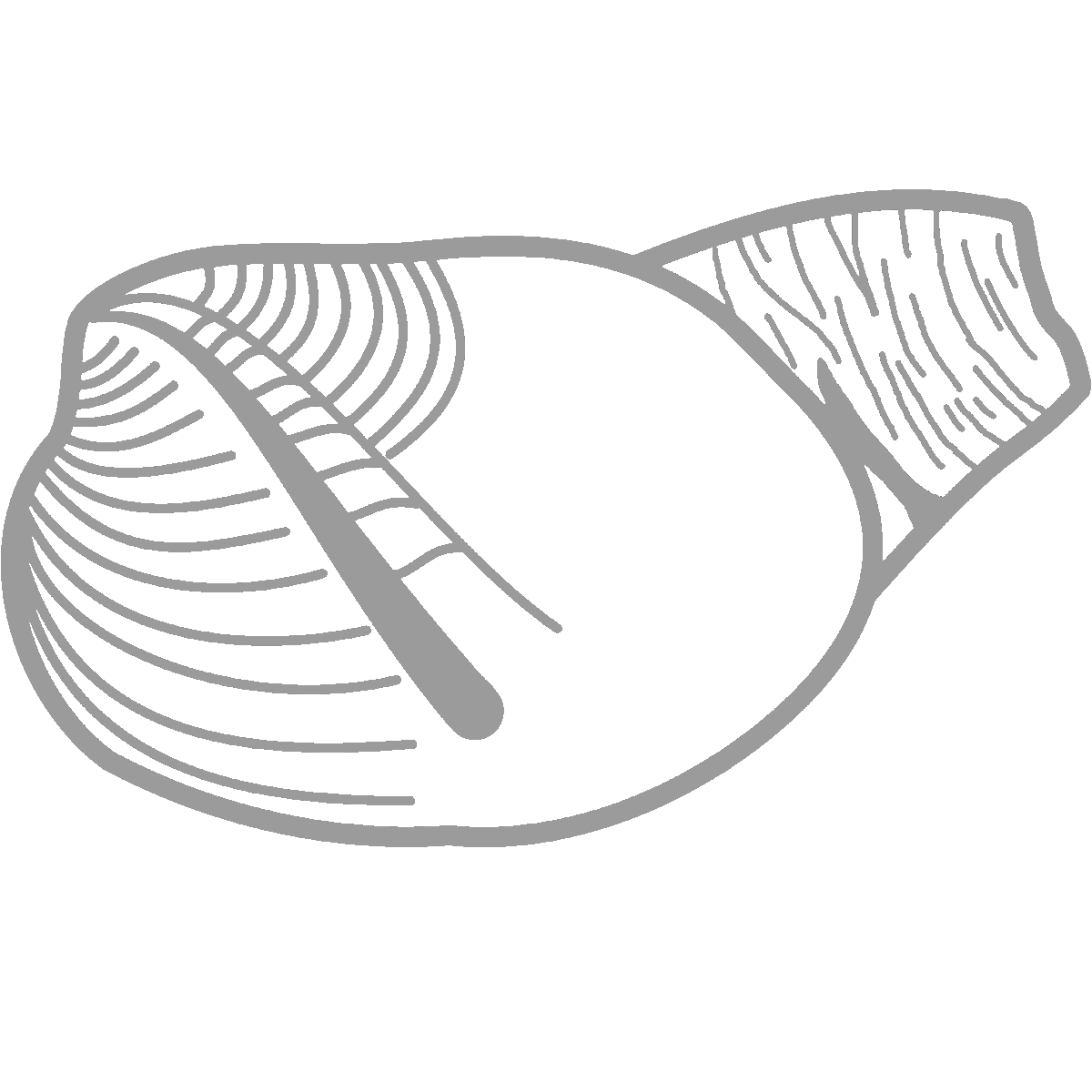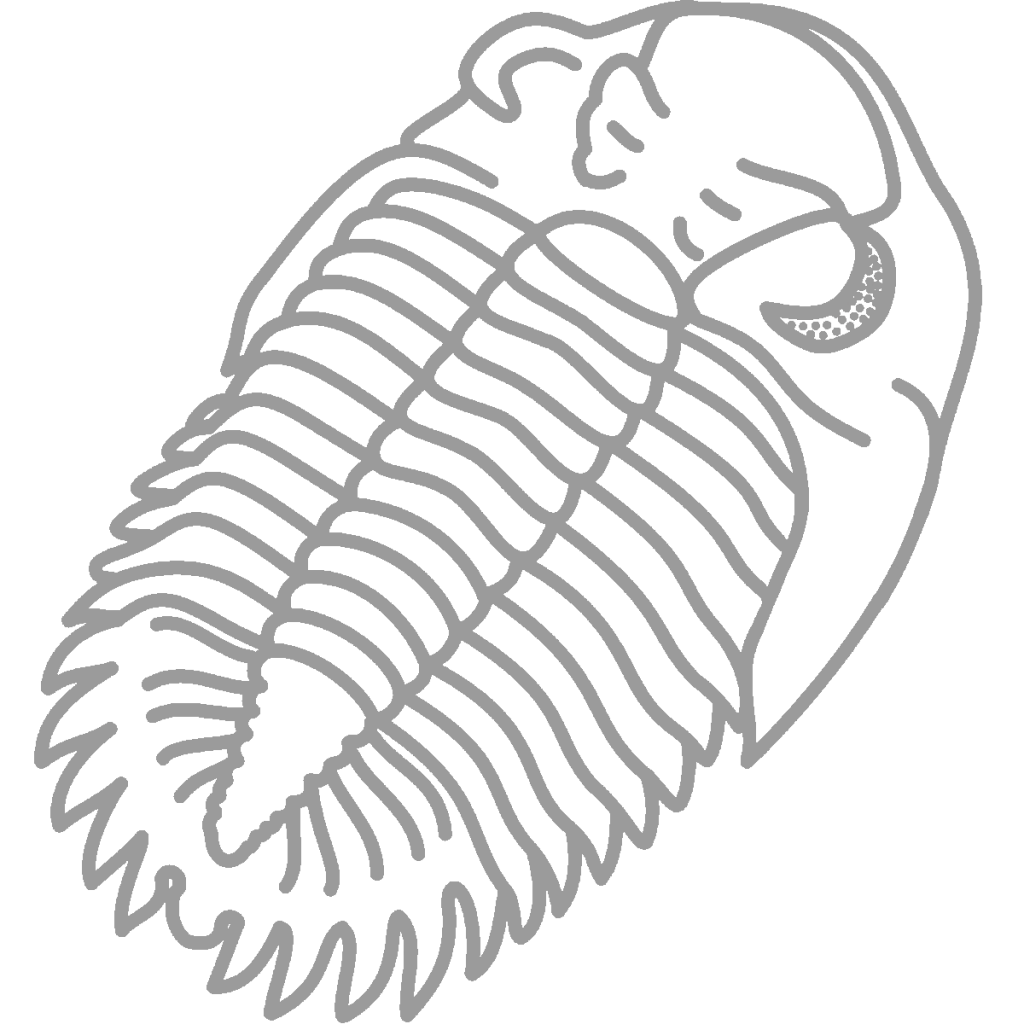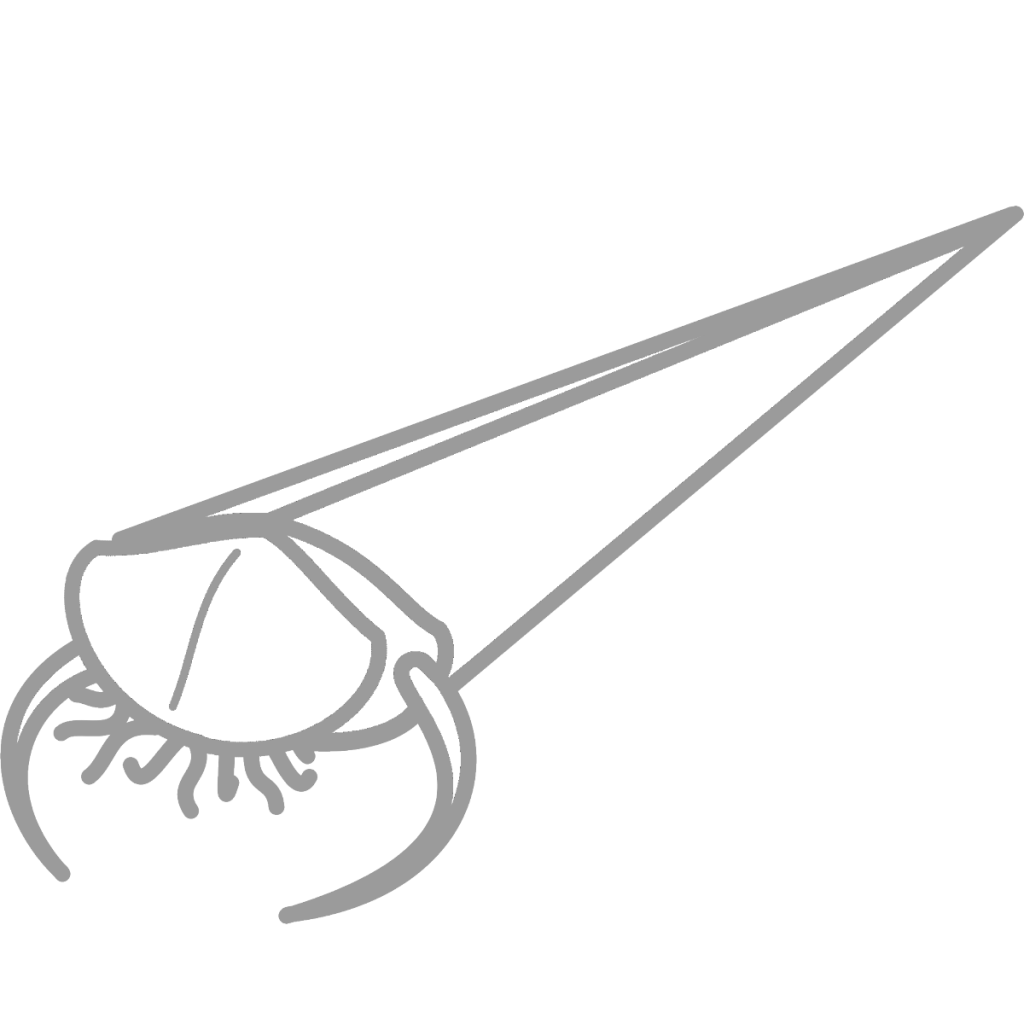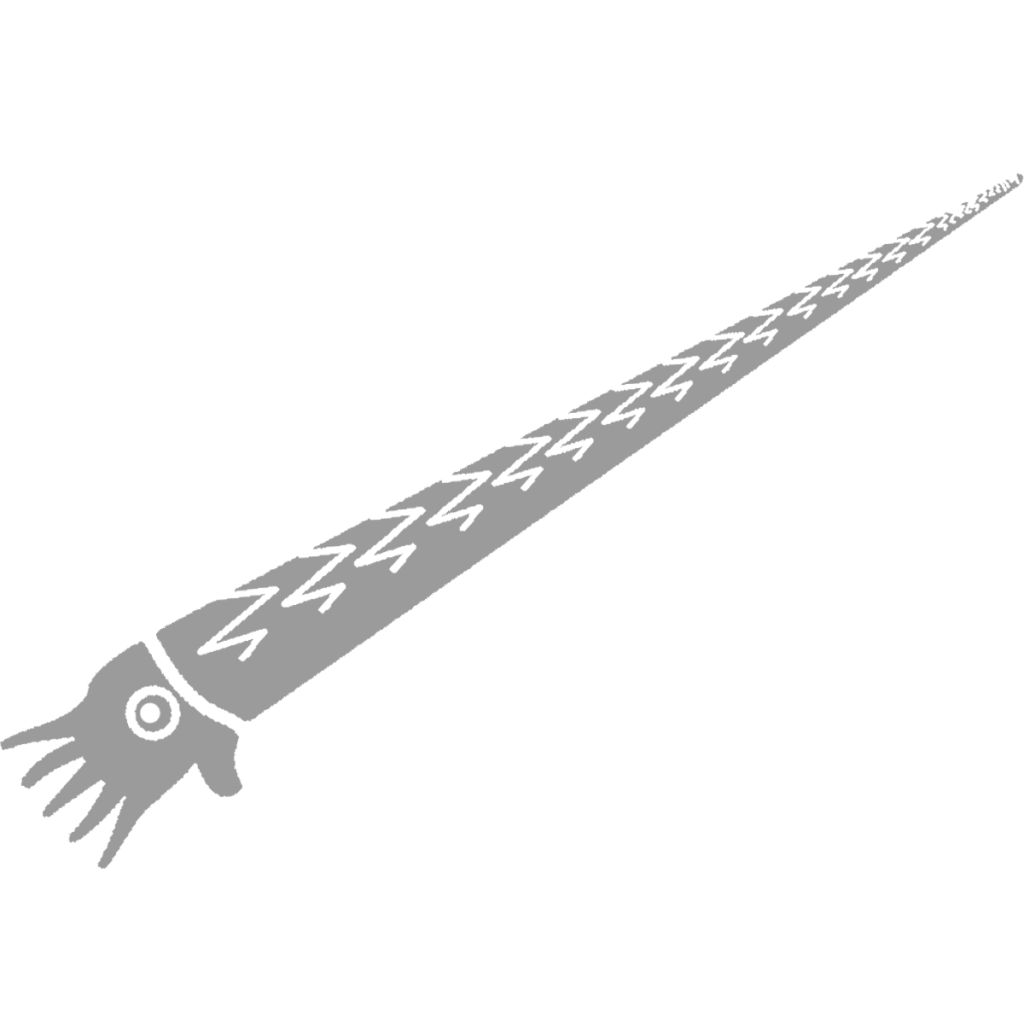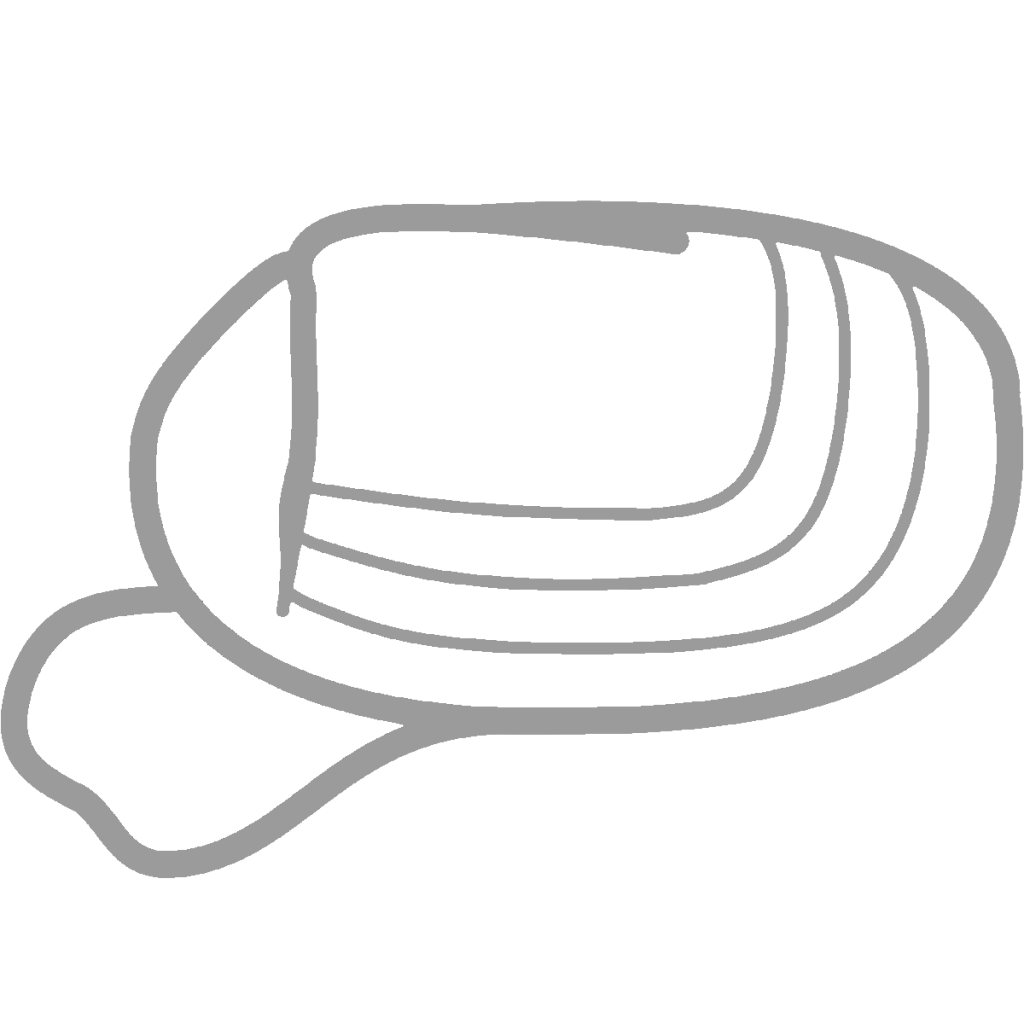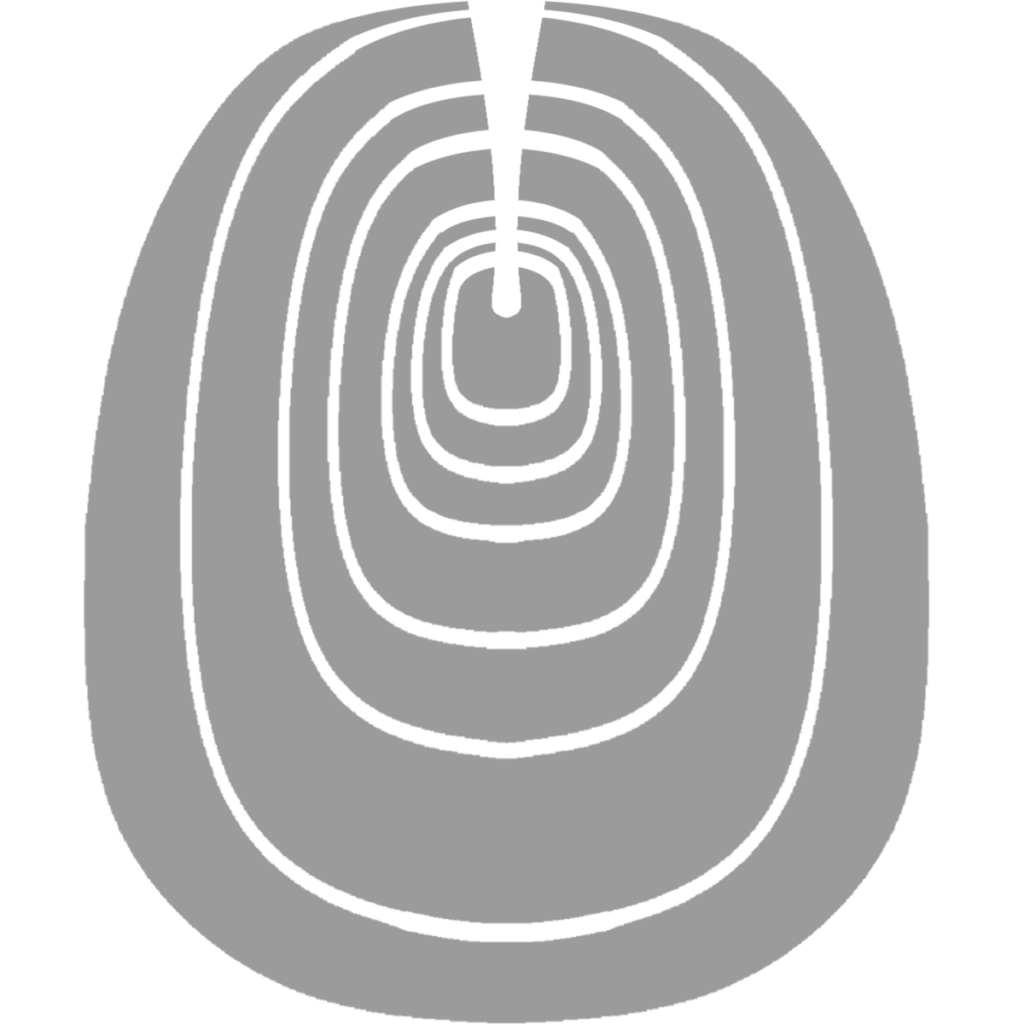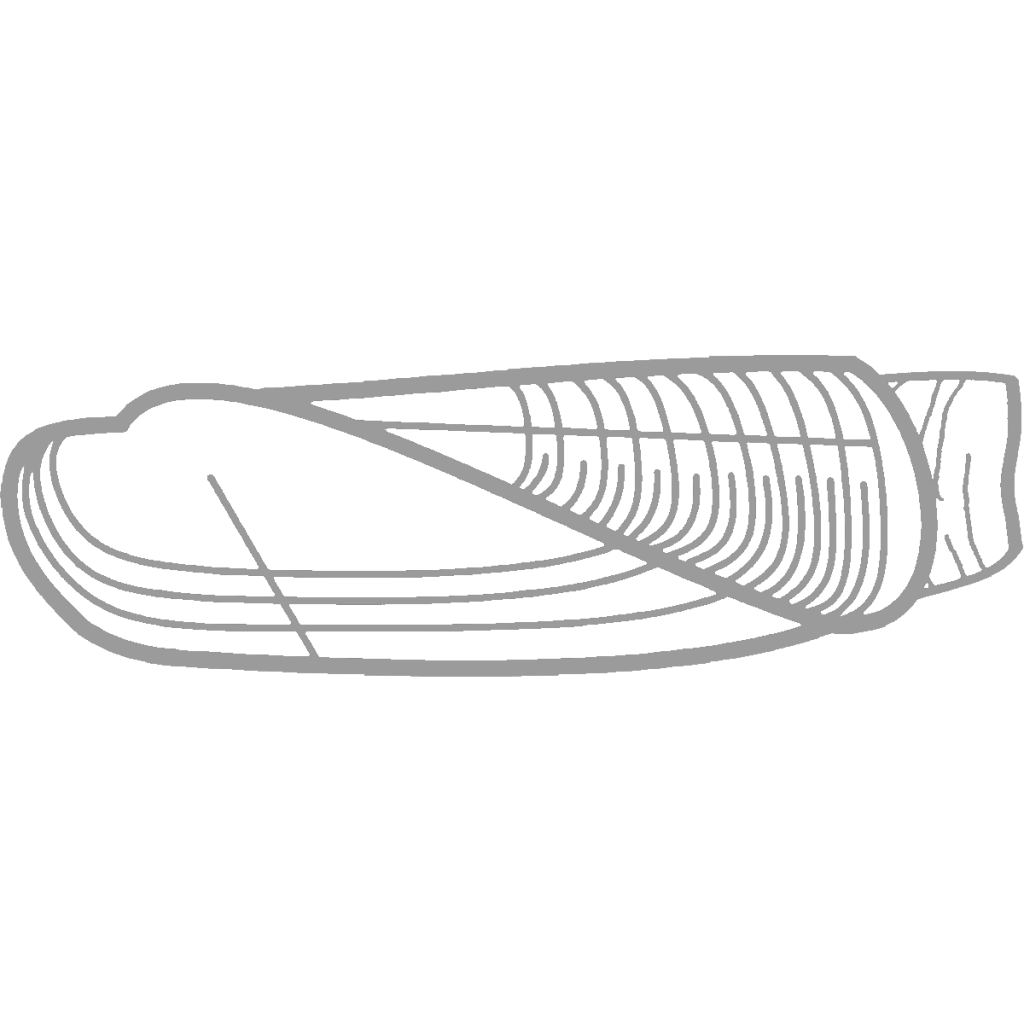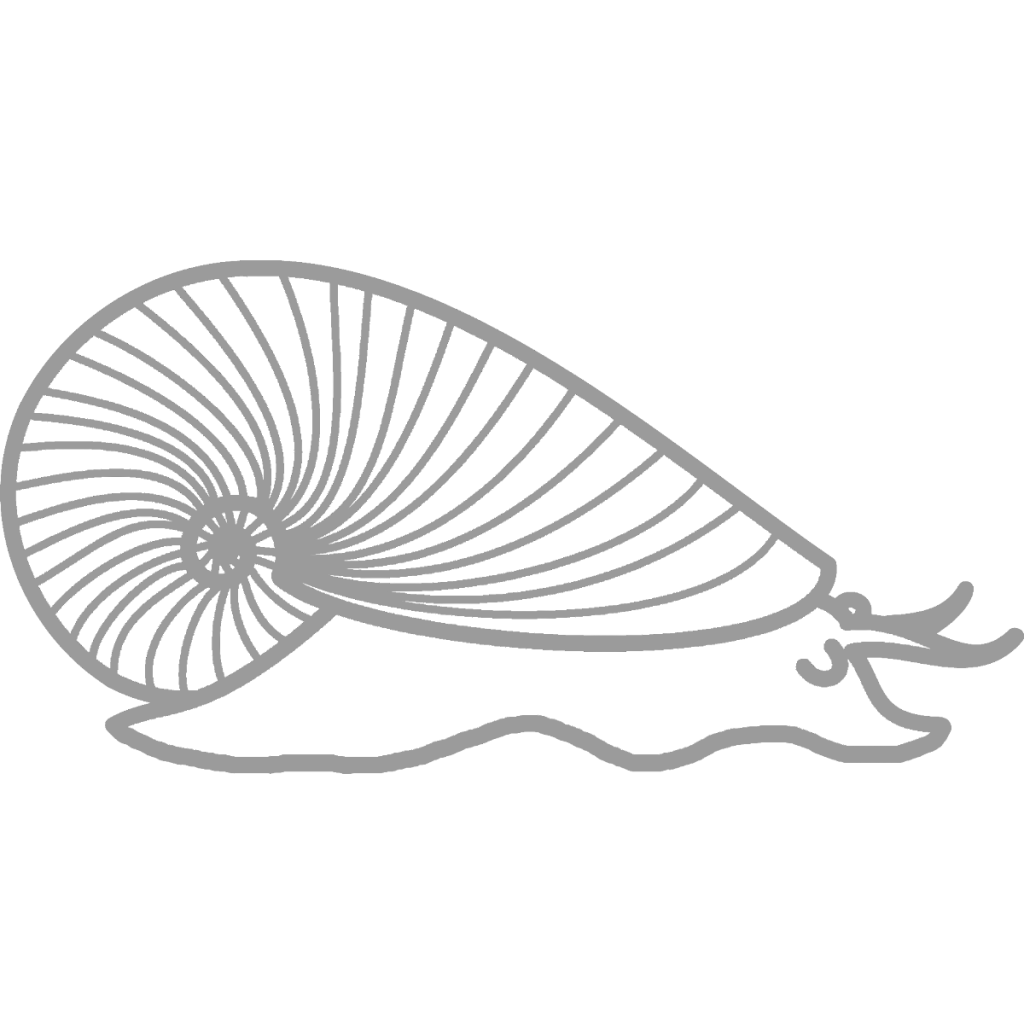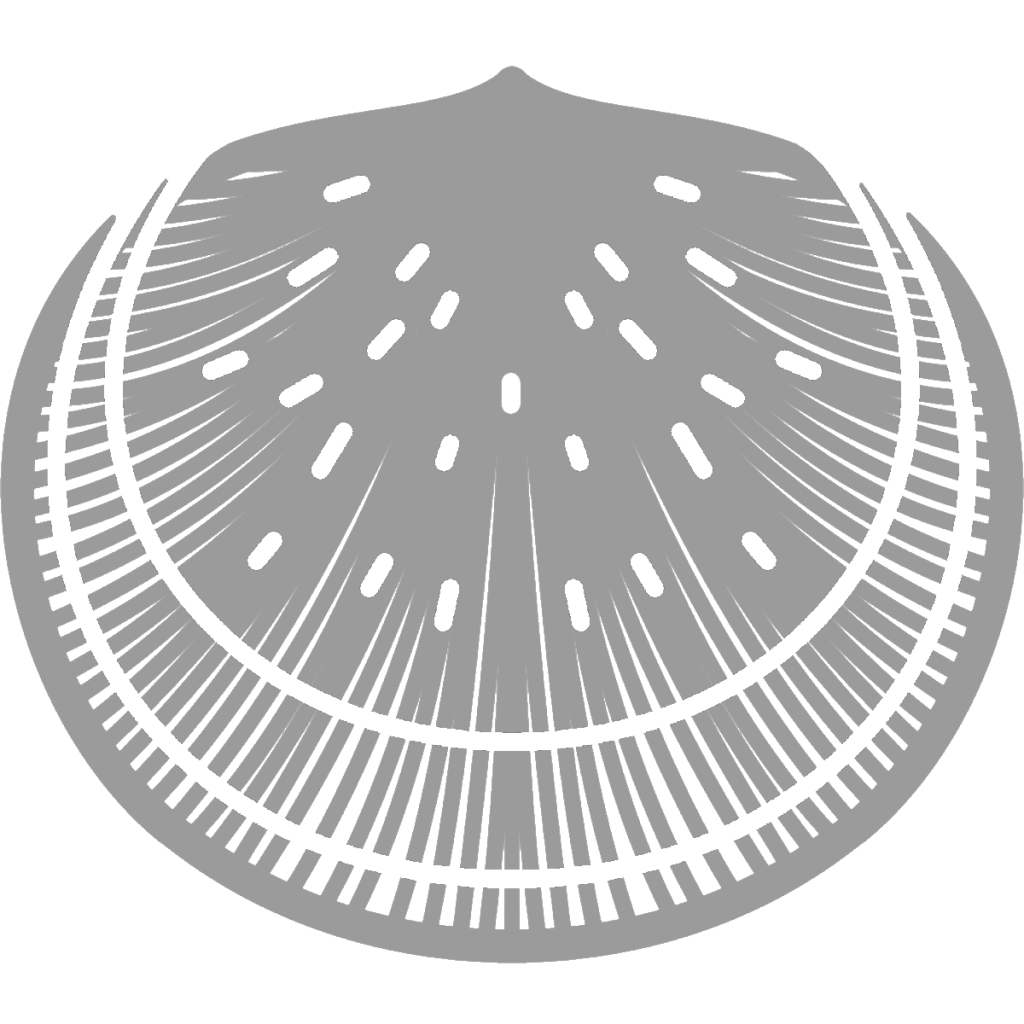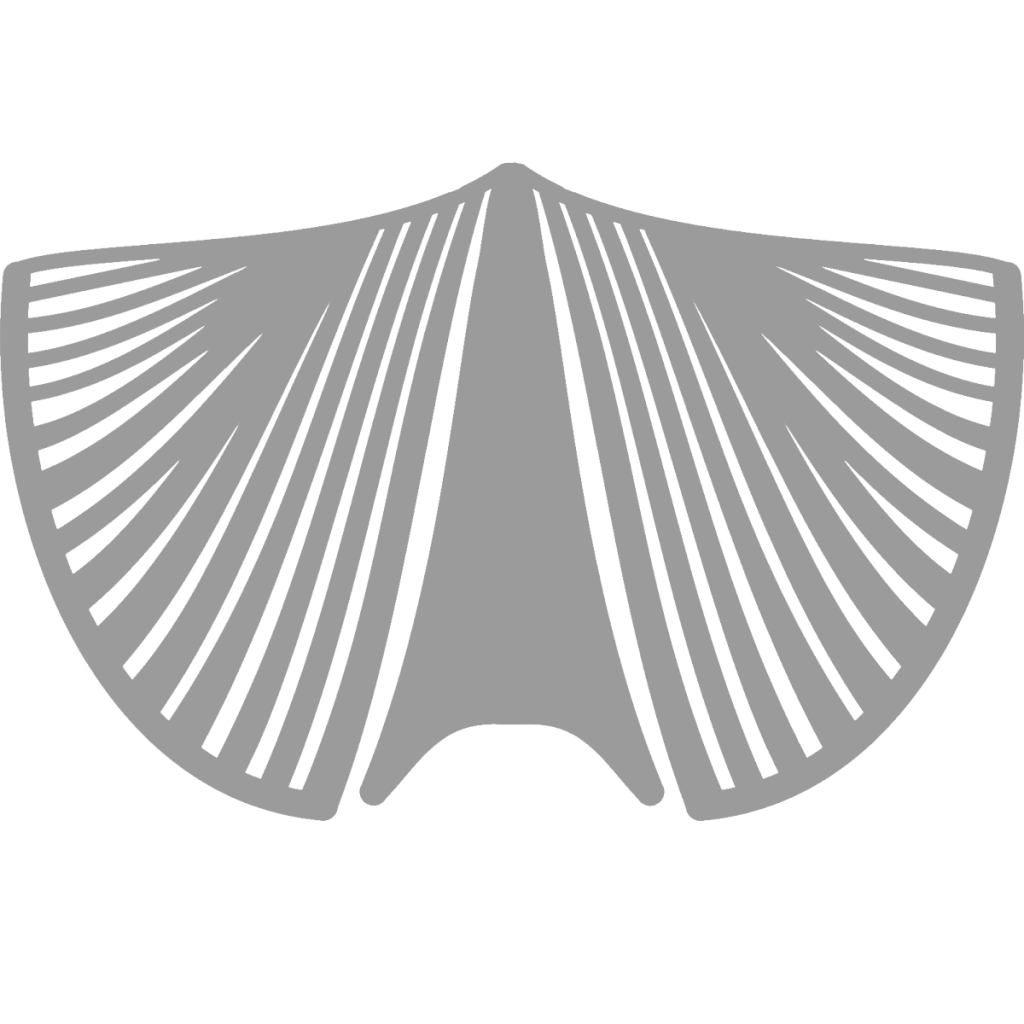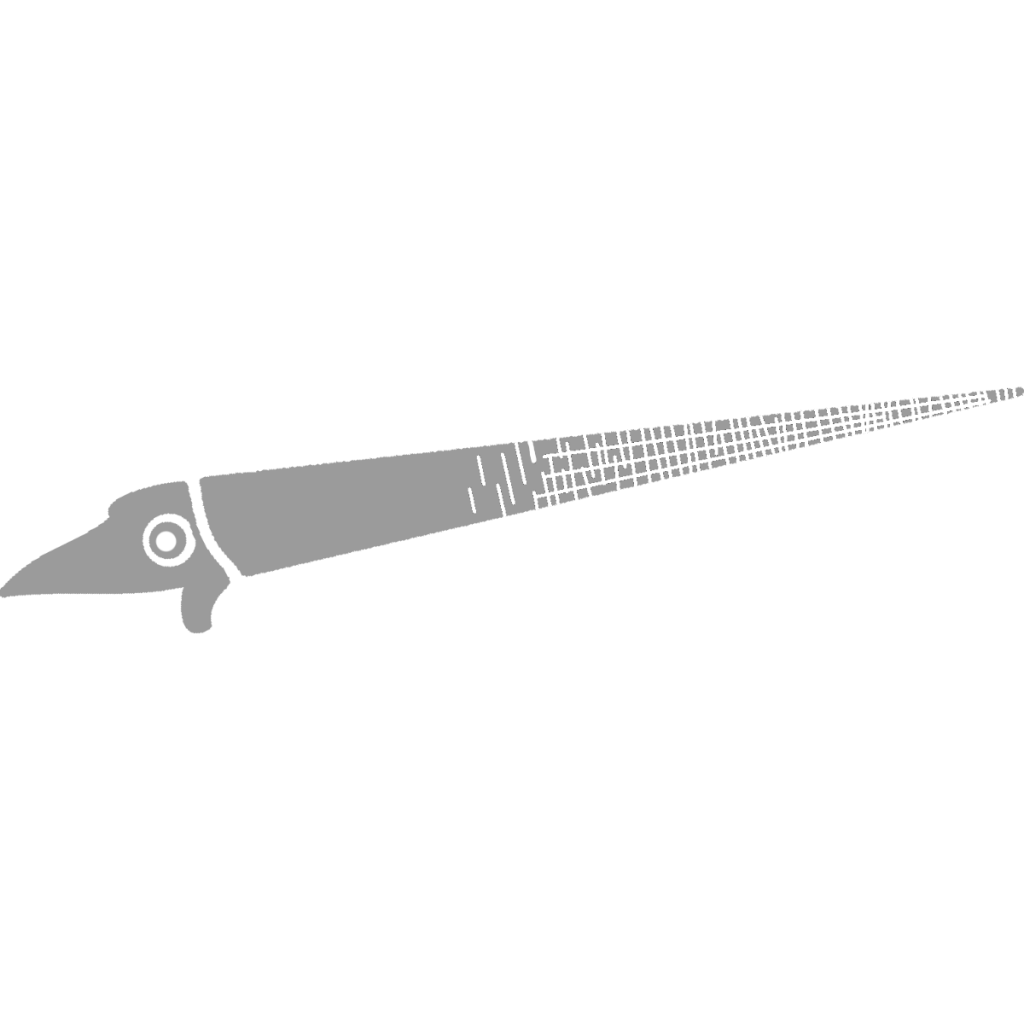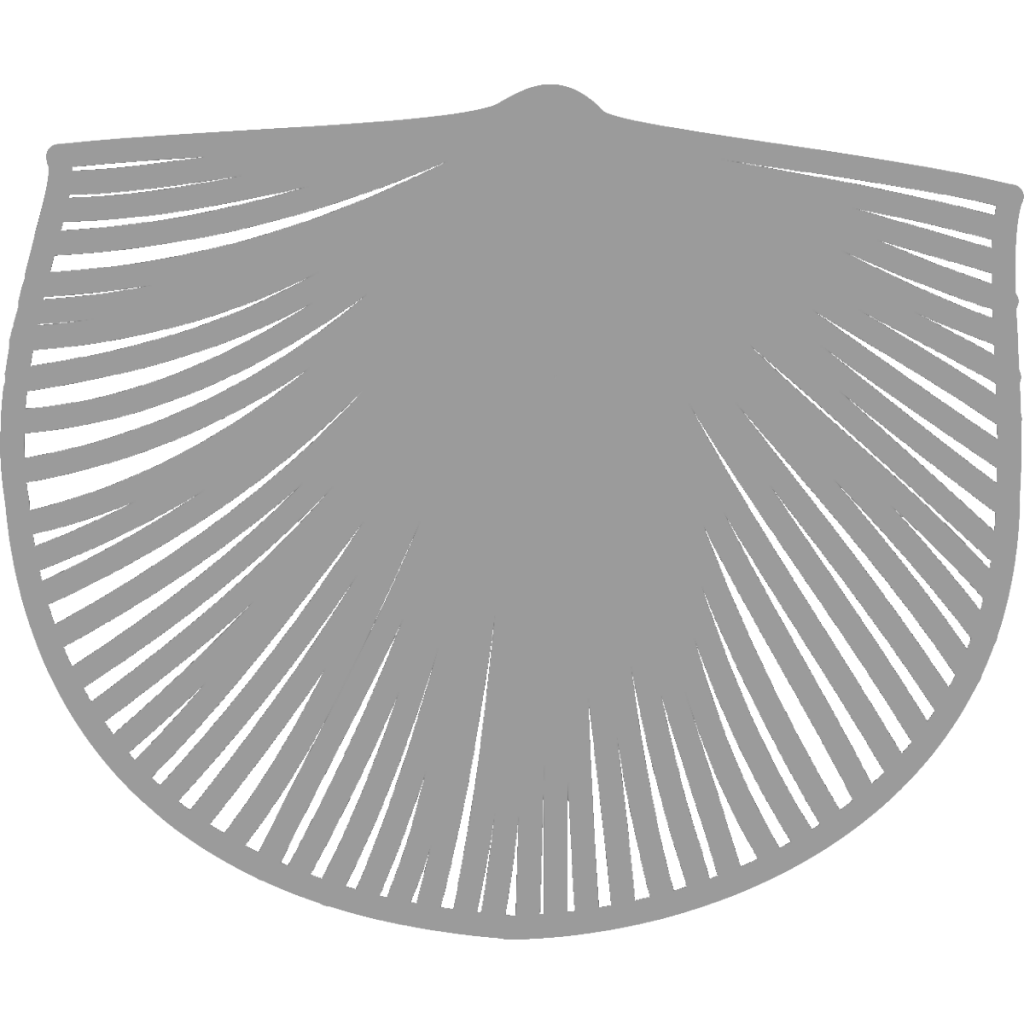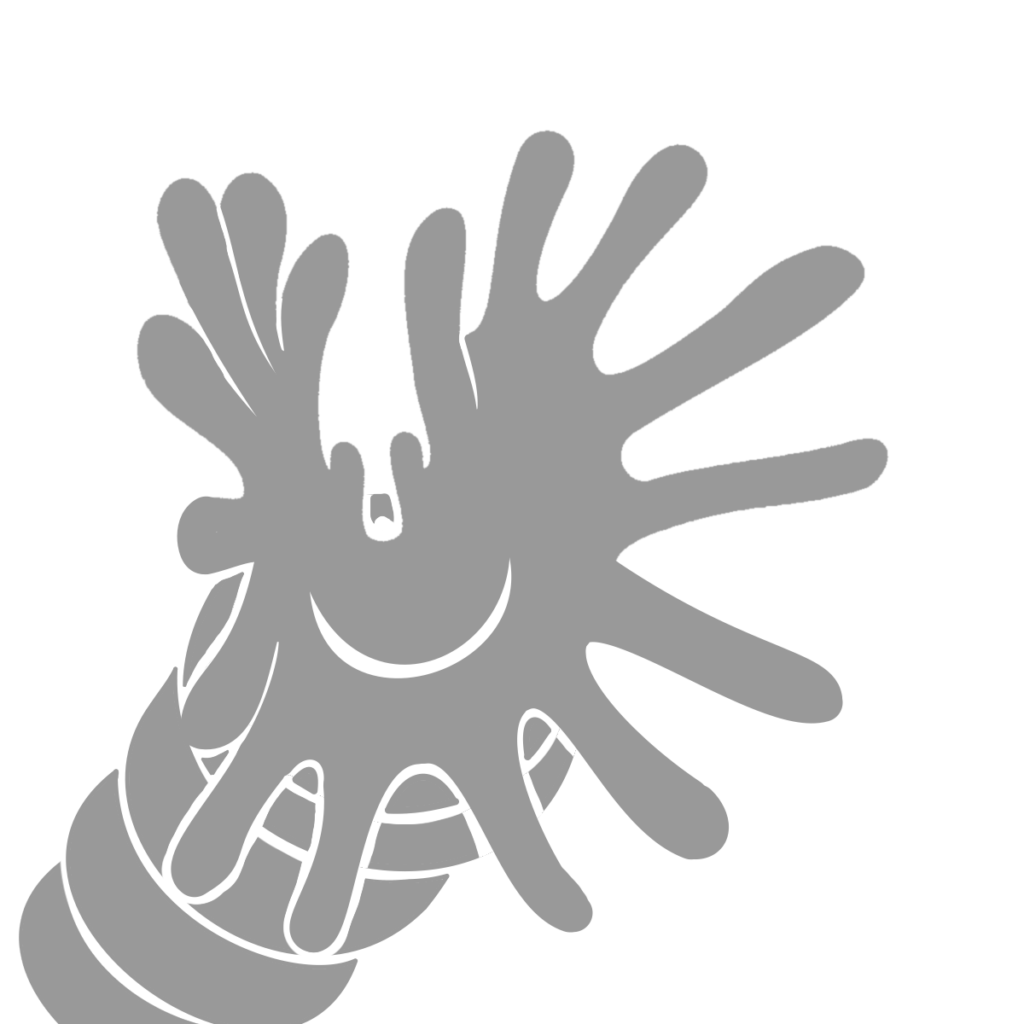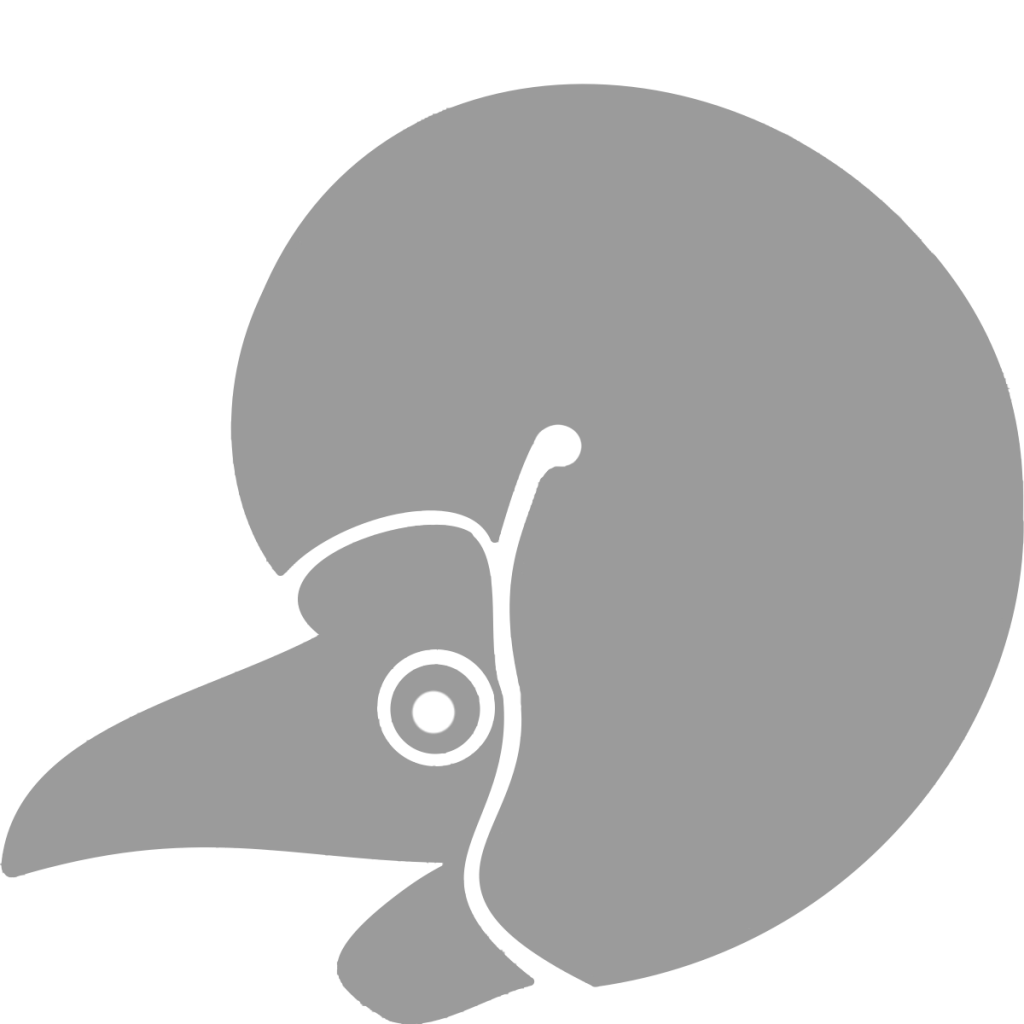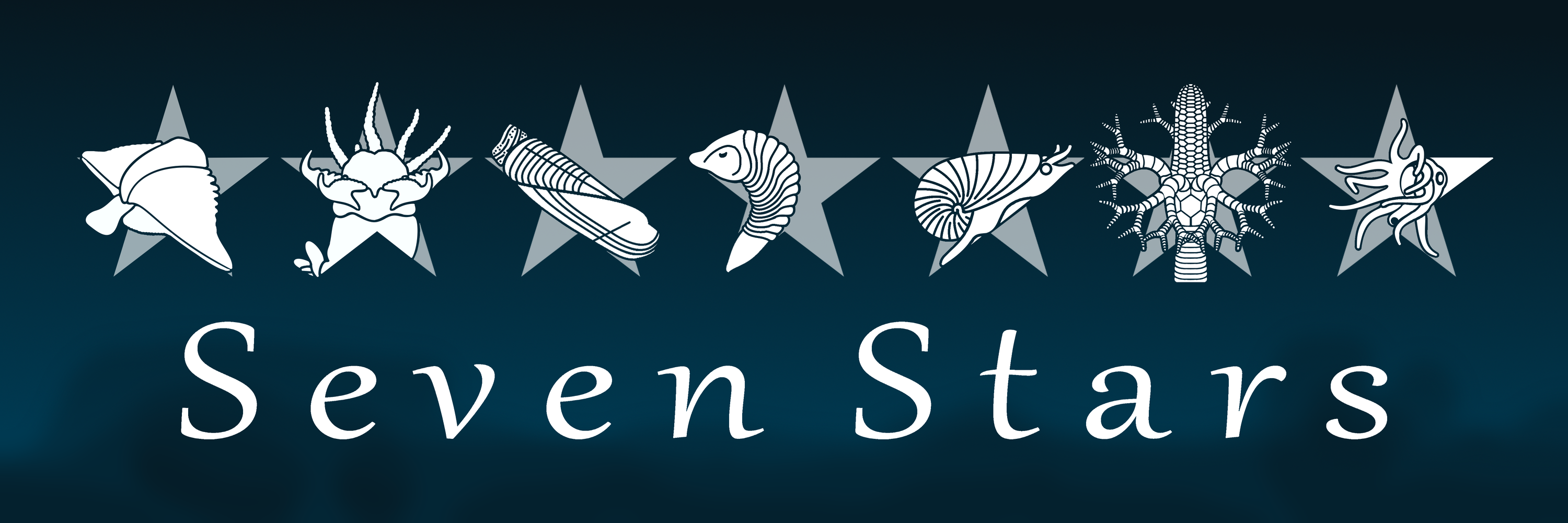
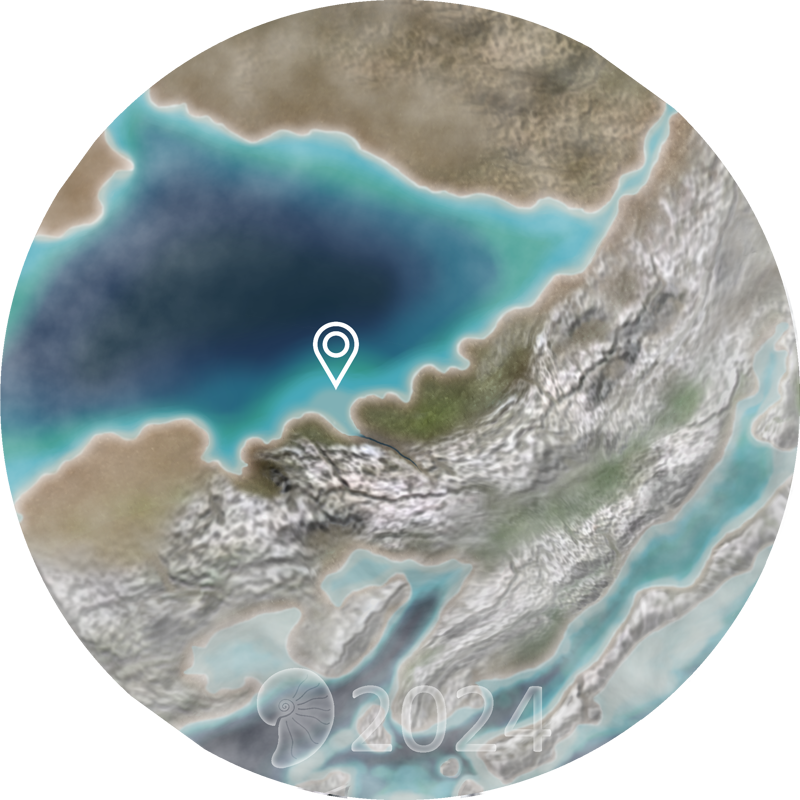
Seven Stars Fossil Site is an abandoned quarry in Seven Stars, Juniata County, PA. It is an outcrop of the Sherman Ridge Member Mahantango Formation, part of the larger Hamilton Group. Previously a quarry used to mine rocks for driveways and build projects, it spans the earlier parts of the Givetian Stage of the Devonian Period, about 387 – 385 MA. It was home to at least 42 known organisms. All but a couple would soon become extinct in the Taghanic Crisis, which is apparent in the overlying Tully Formation.
Ready to go?
Make sure you read up on safety tips and the many fossils that can be found at this fossil site!
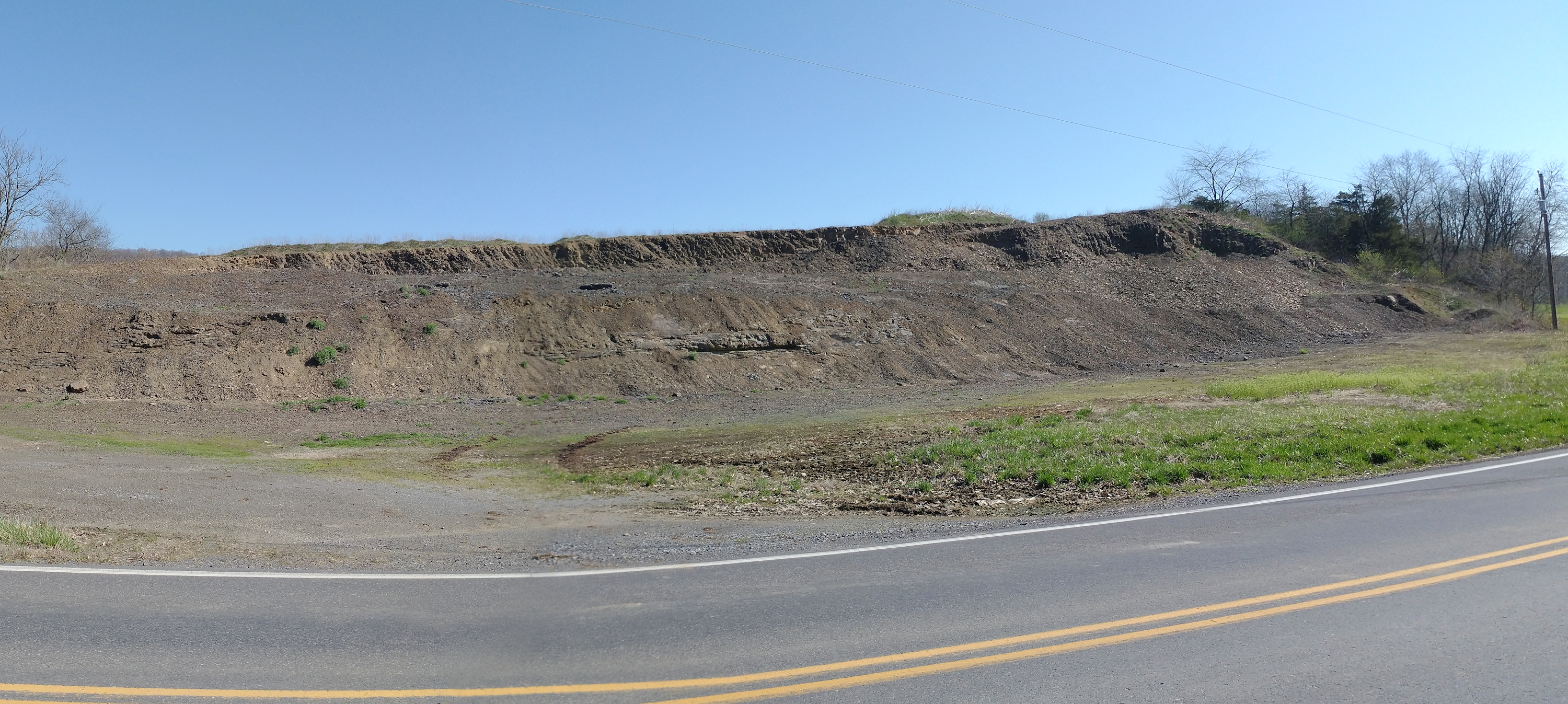
Safety Tips & What to Bring
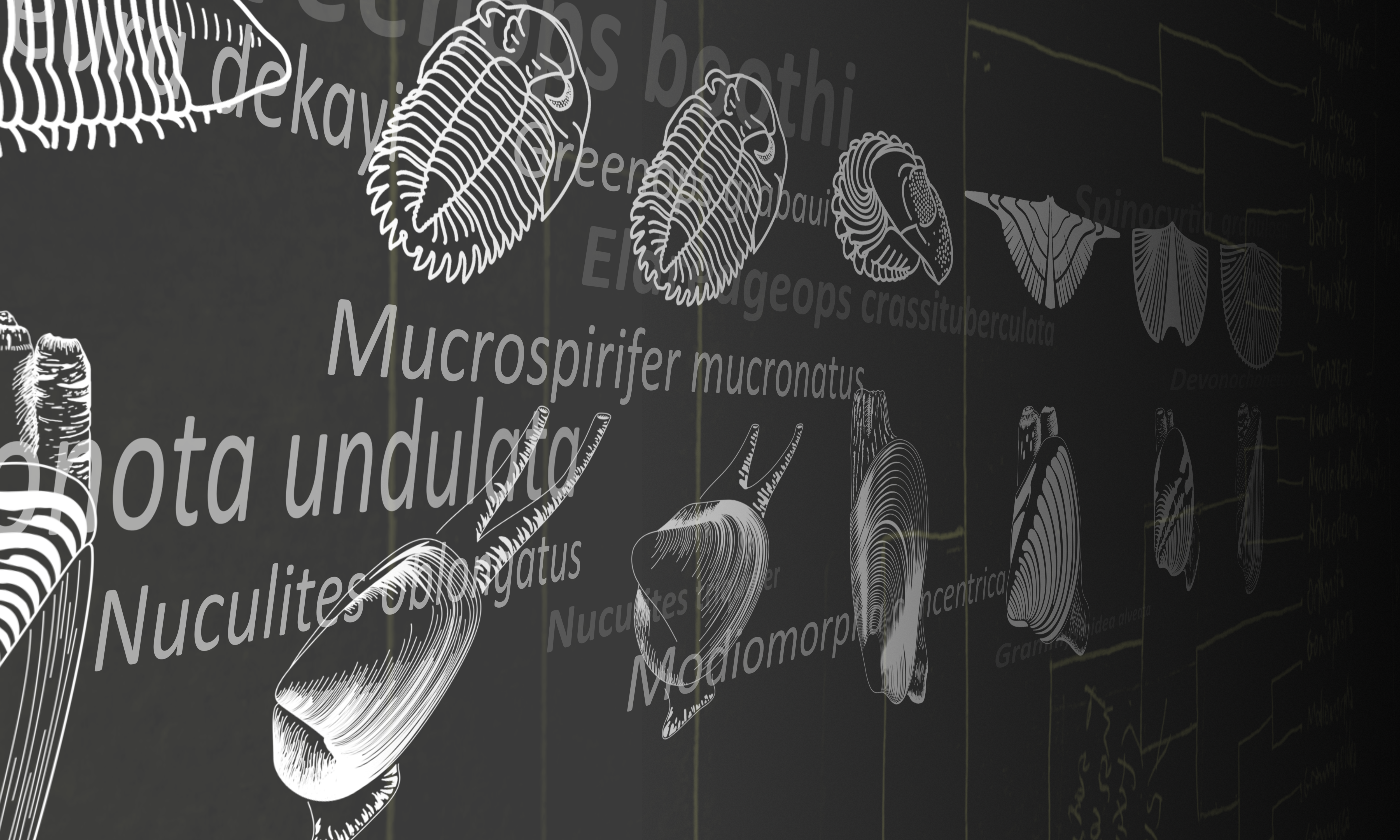
Guide to The Fossils of Seven Stars
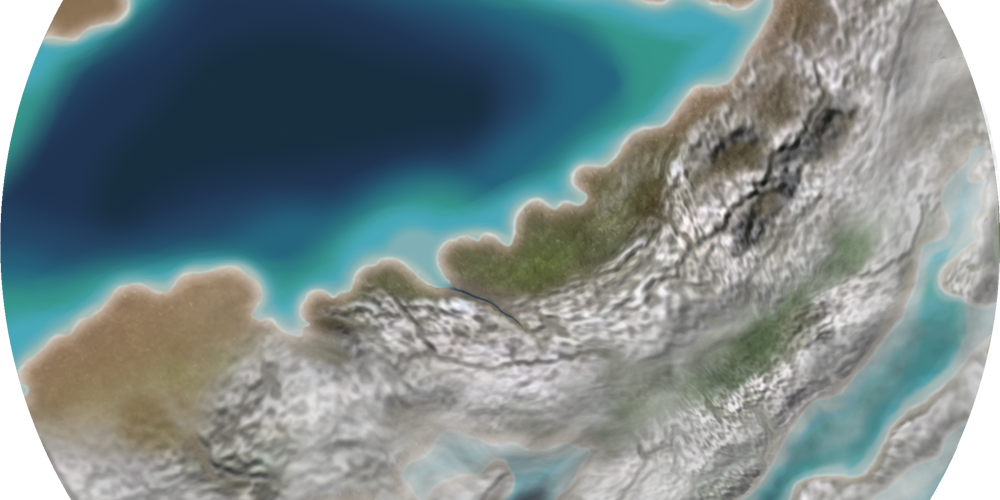
Geological Background
Click on the species below to learn more about them and their relatives!
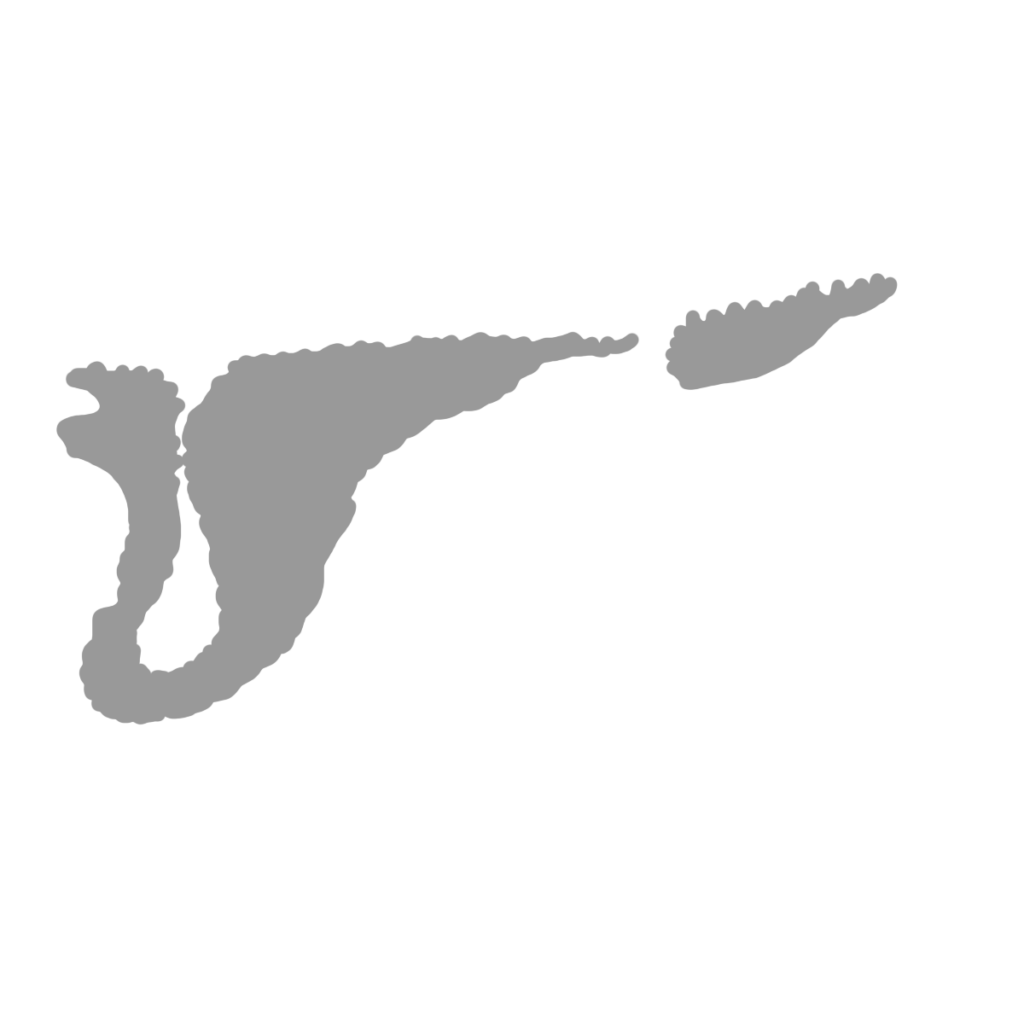
Animalia indet.
An unidentified, serrated mouthpart has been found at Seven Stars, lacking symmetry and any of the characteristics of every other organism identified from the site thus far.
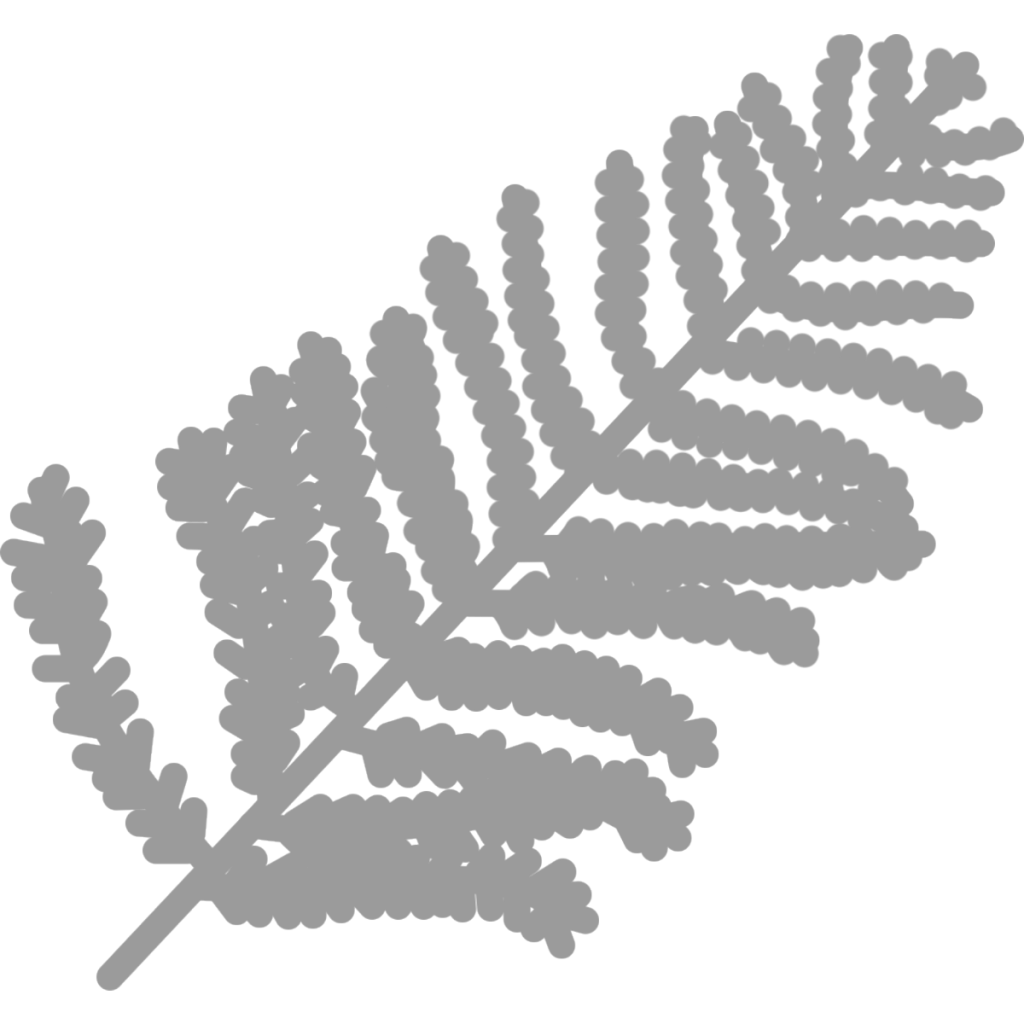
Archaeopteris spp.
Archaeopteris was a large, early, tree-like plant. Its branches can be found at Seven Stars.

Atactotoechus furcatus
Atactotoechus was a branching bryozoan uncommon at Seven Stars.
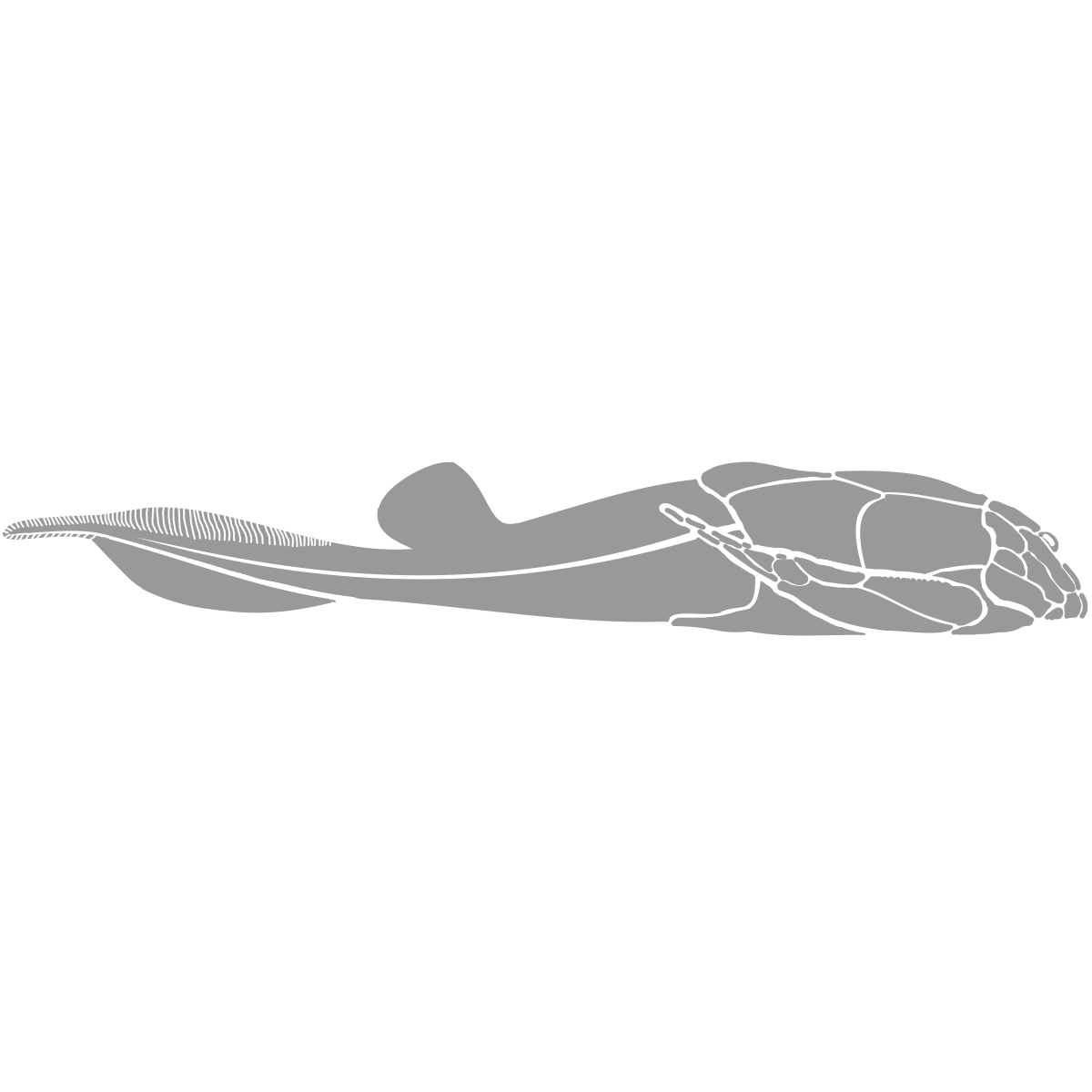
Bothriolepis sp.
A fin spine and posterior ventro-lateral bone from an unidentified Bothriolepidid fish and some other possible remains have been found at Seven Stars; this placoderm was likely a resident.
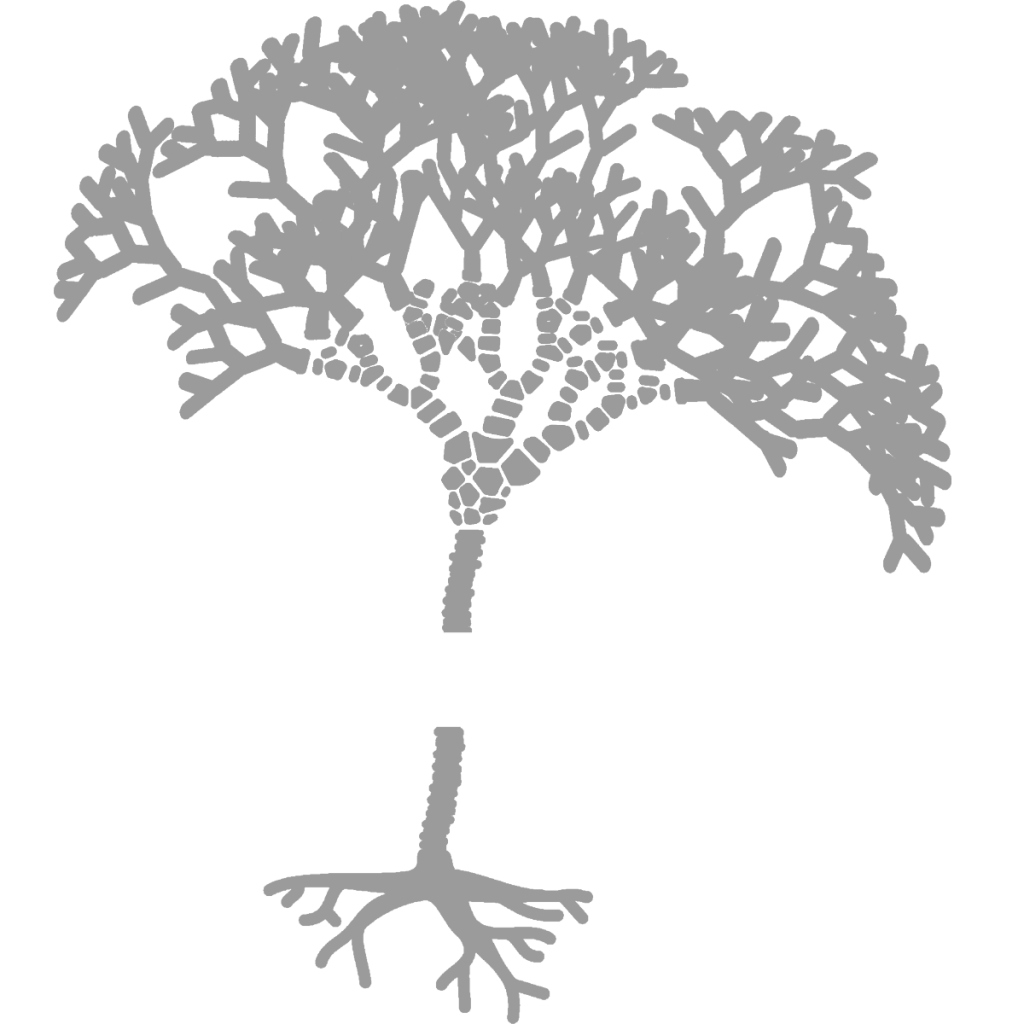
Botryocrinus was a crinoid with a long stem and root-like holdfast that can be found at Seven Stars.

Devonochonetes coronatus Devonochonetes was a brachiopod common at Seven Stars.
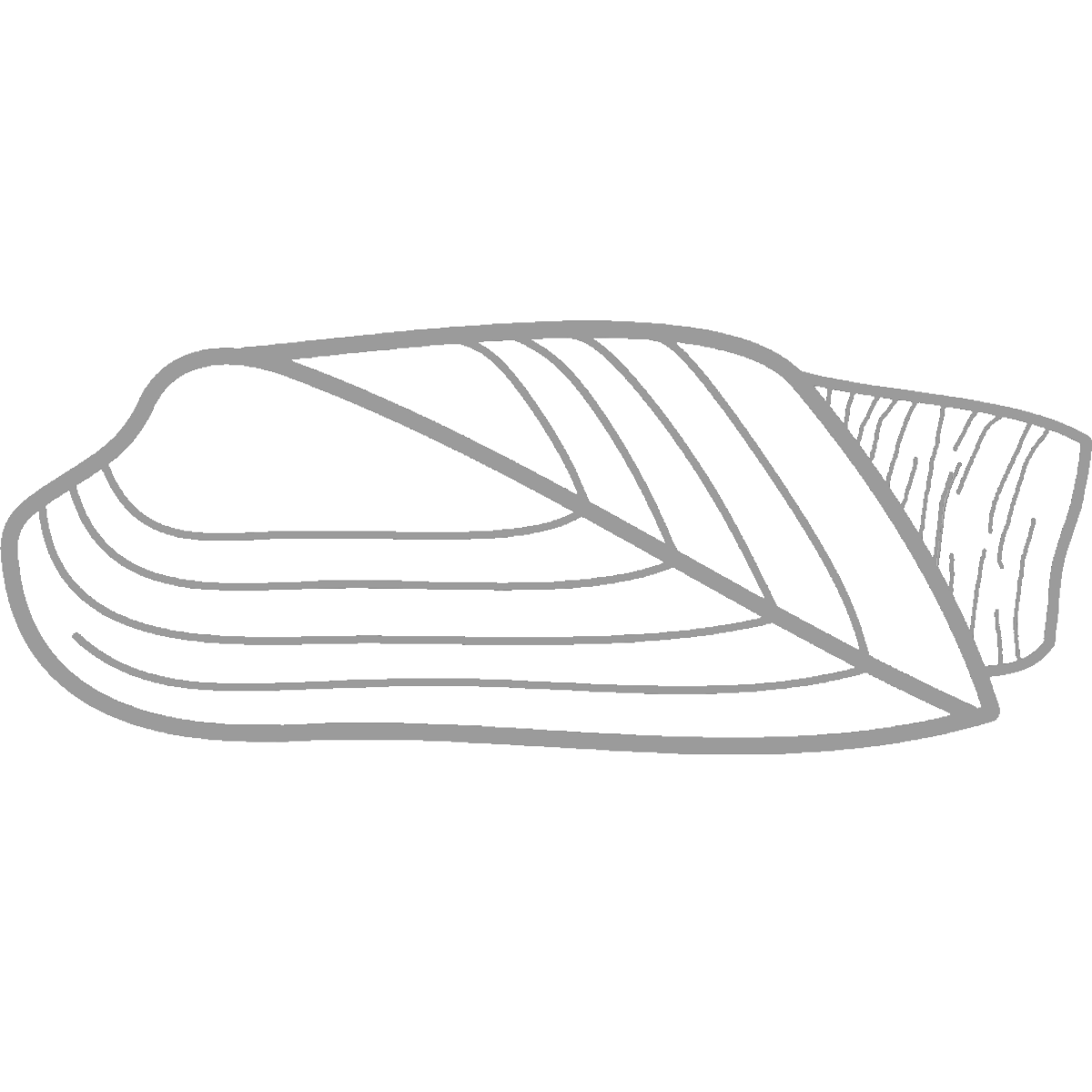
Goniophora hemiltonensis Goniophora was a very large bivalve that was common at Seven Stars.
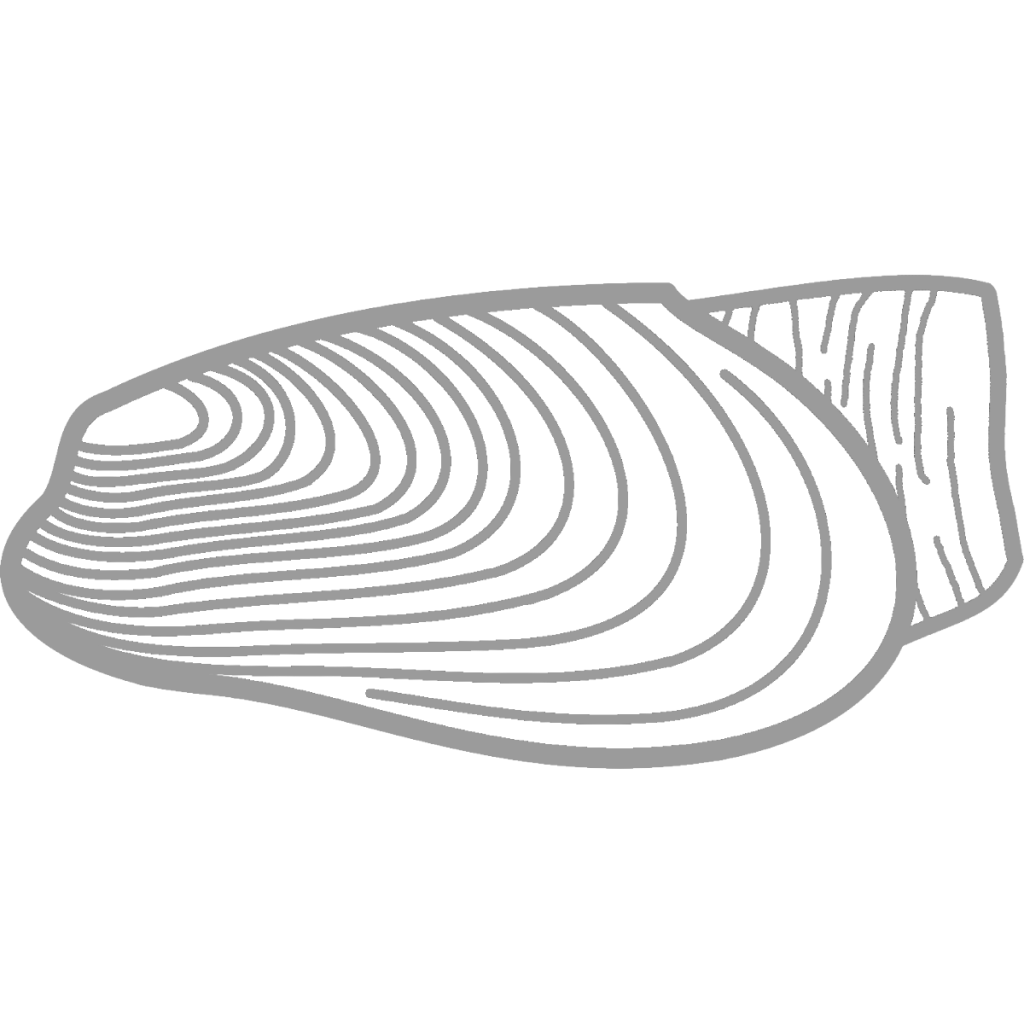
Modiomorpha concentrica Modiomorpha was a bivalve that is uncommon to rare at Seven Stars.
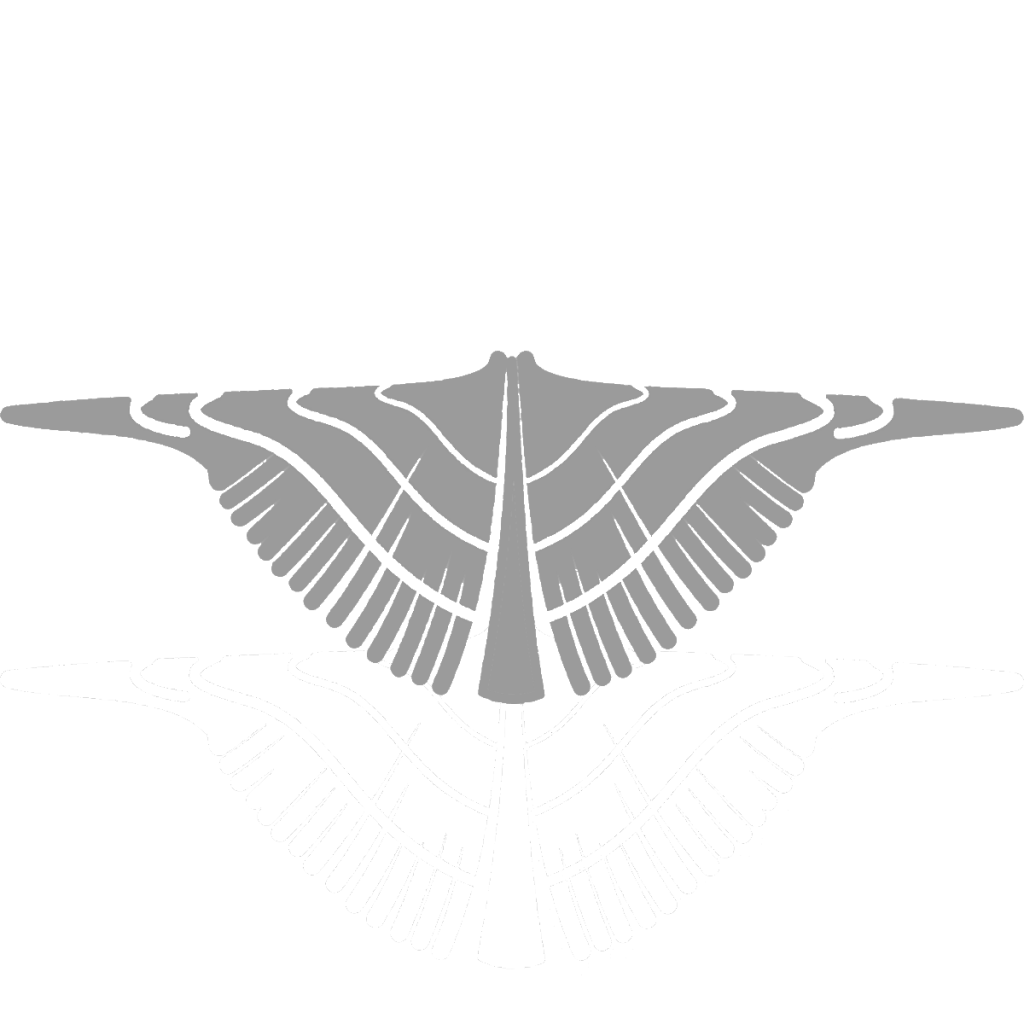
Mucrospirifer mucronatus Mucrospirifer was a very common brachiopod at Seven Stars.
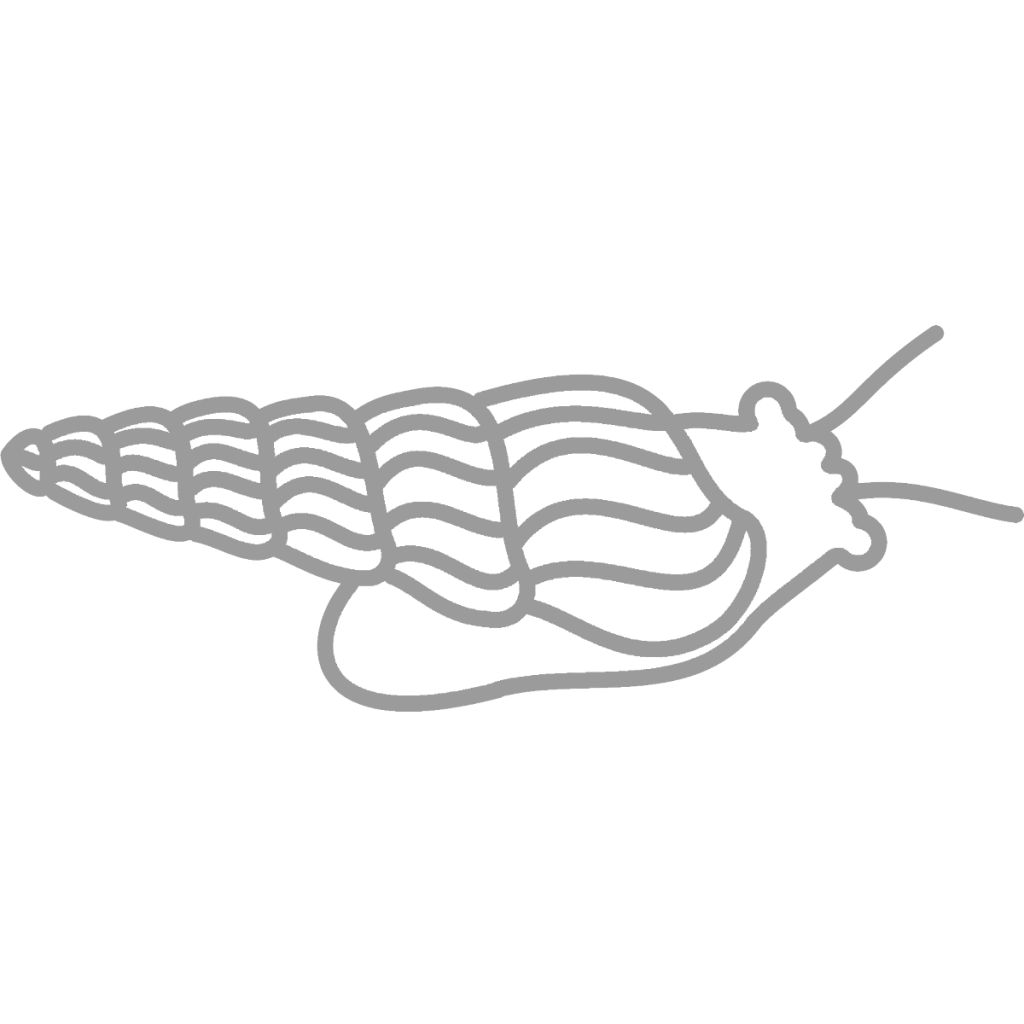
Paleozygopleura hamiltoniae Paleozygopleura was a rare gastropod a Seven Stars.

Plantae indet. Plant fossils of uncertain identification are sometimes found at Seven Stars.

Pleurodictyum americanum Pleurodictyum was an common coral at Seven Stars.
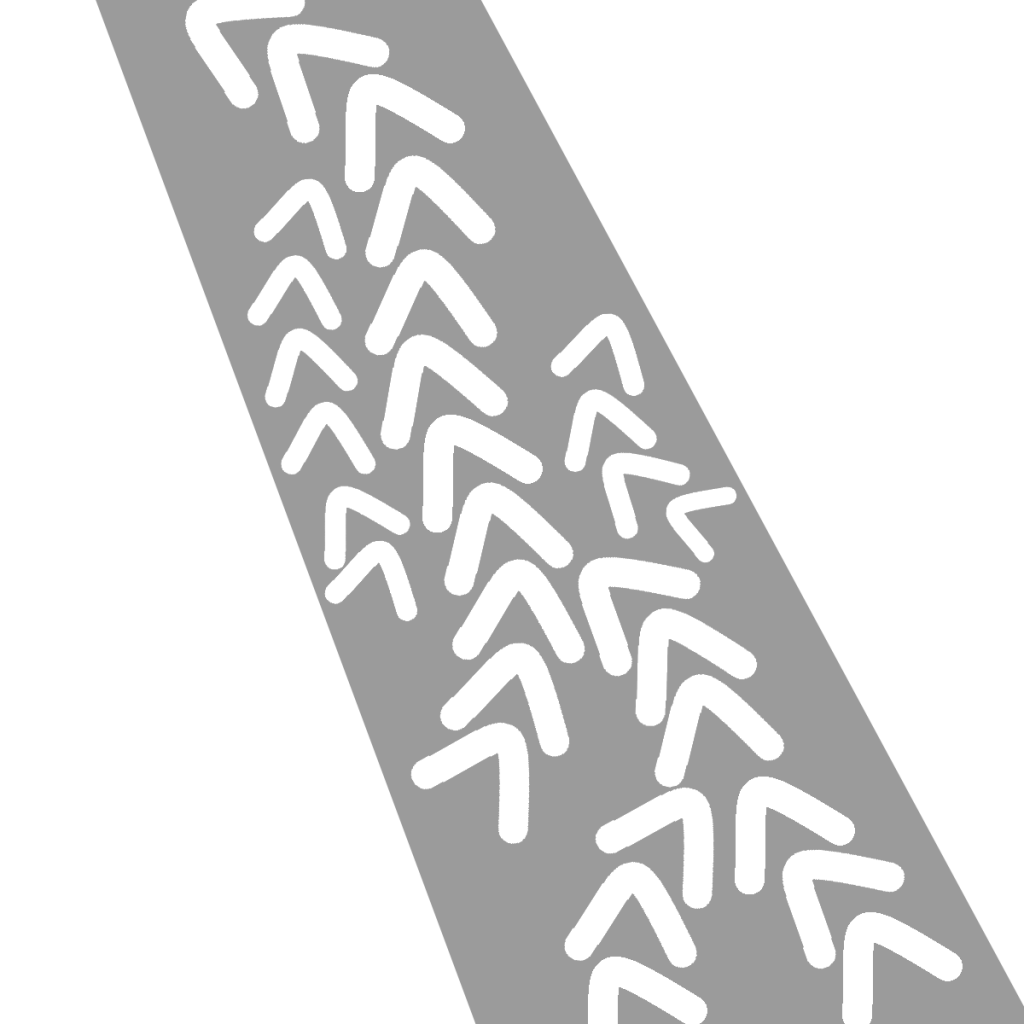
Reptaria stolonifera
Reptaria was an encrusting Hederelloid sometimes found on Cephalopod shells.

